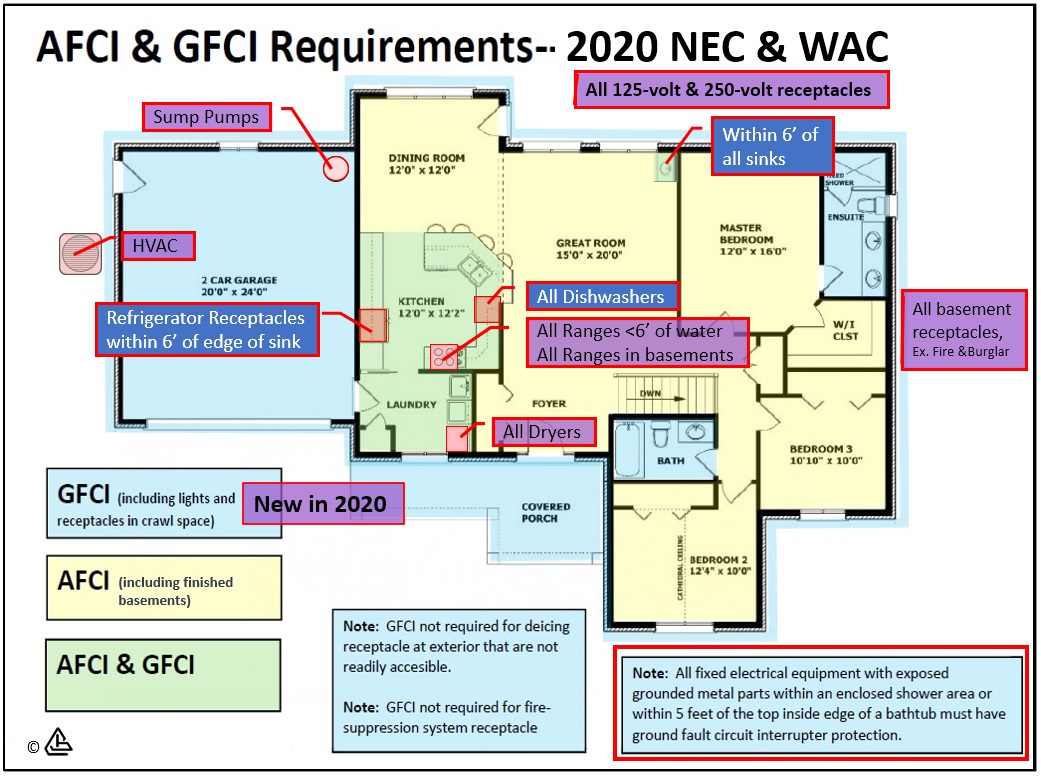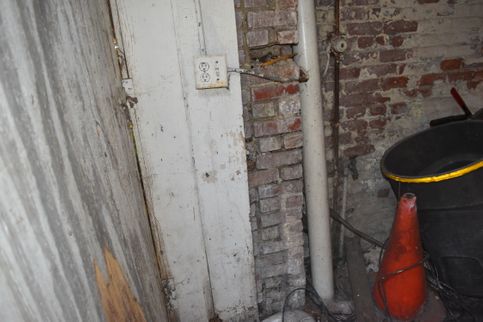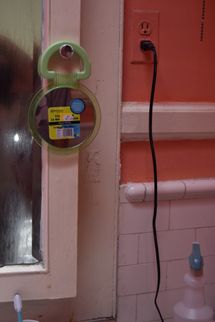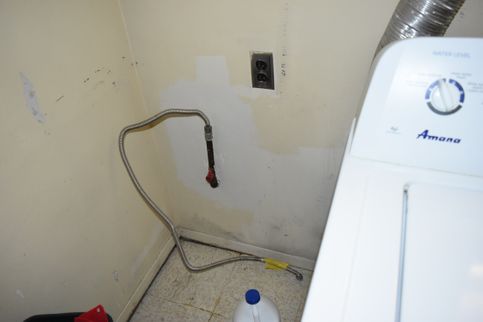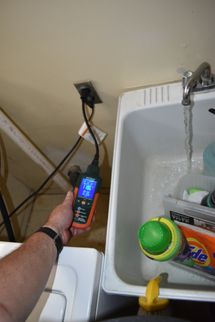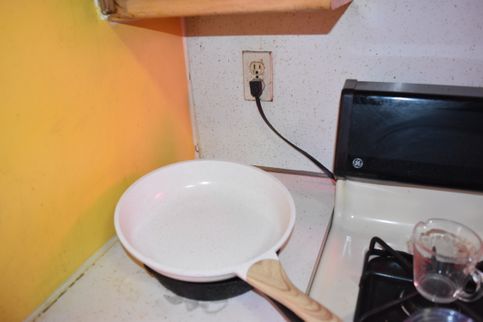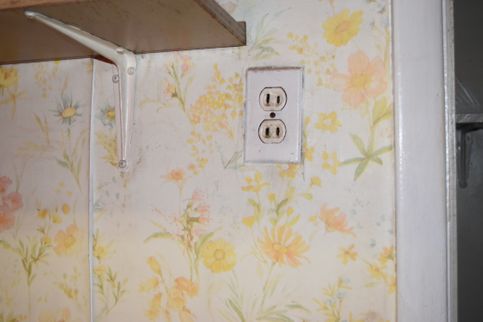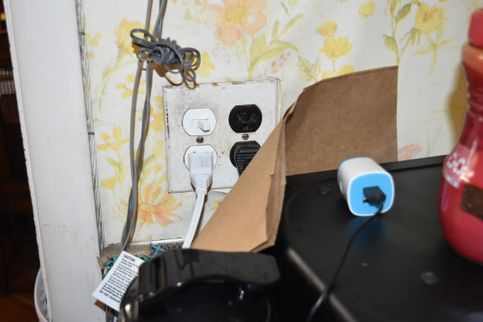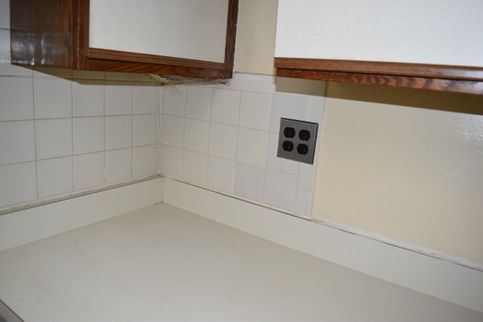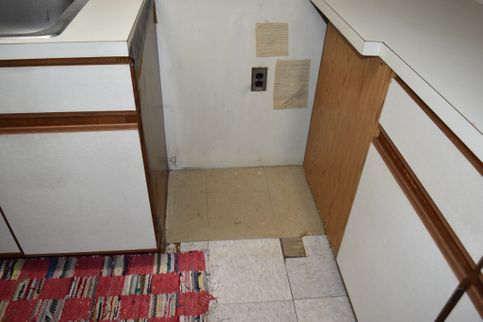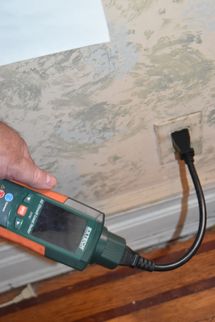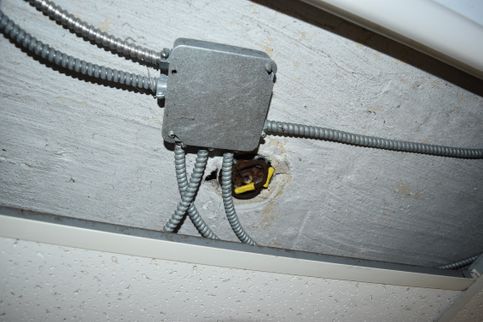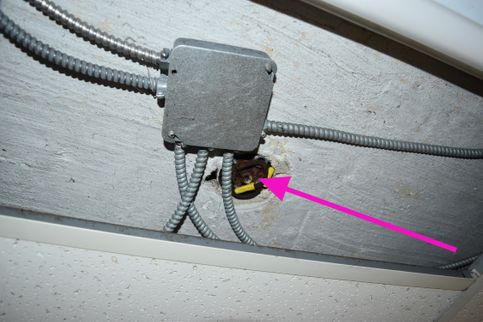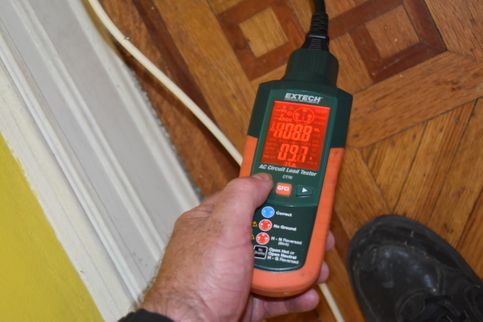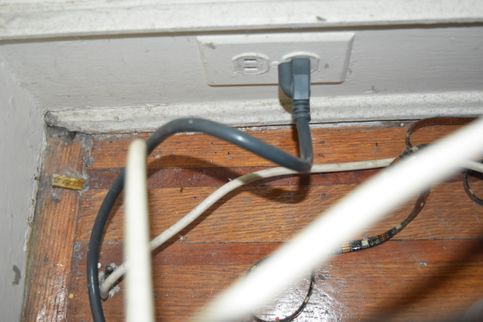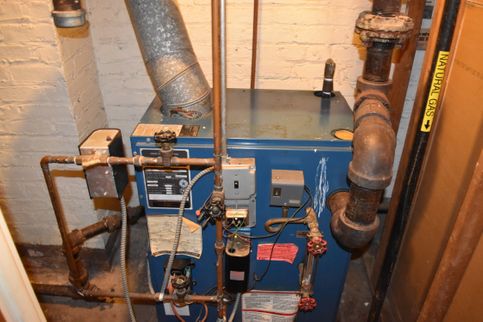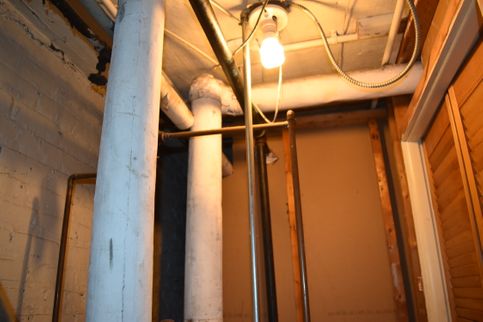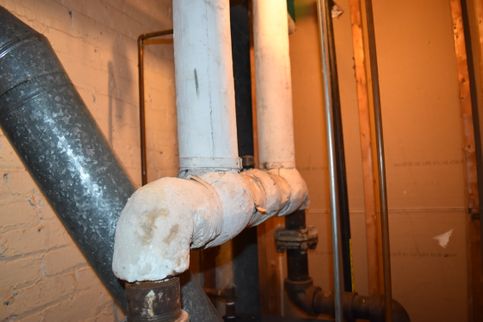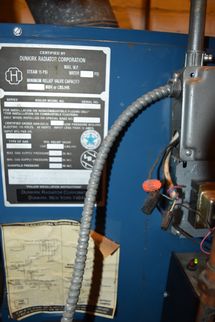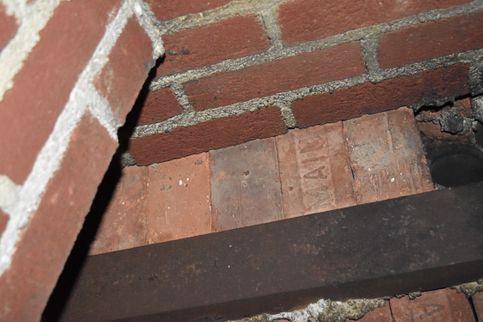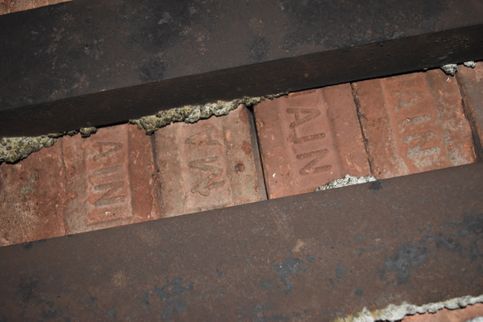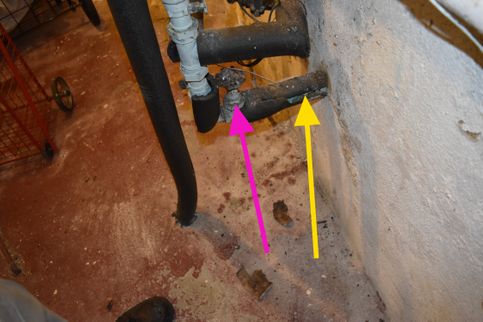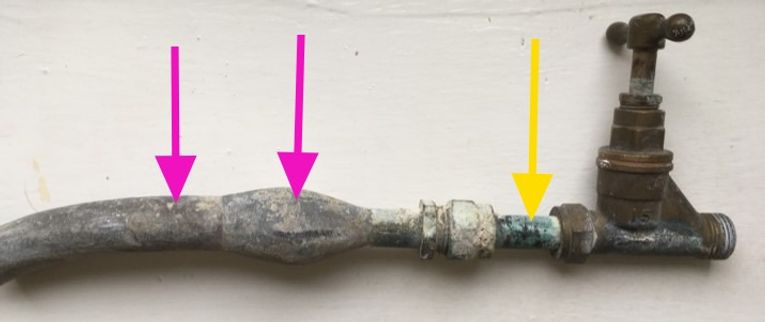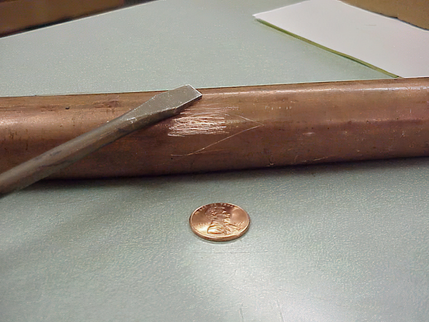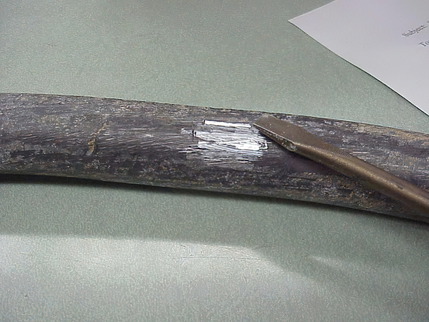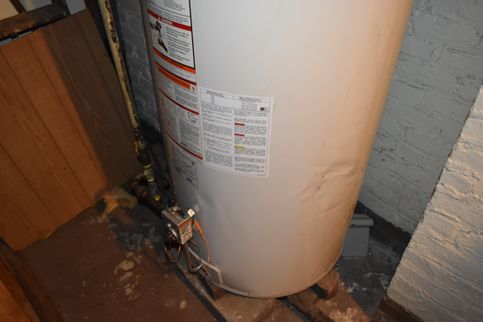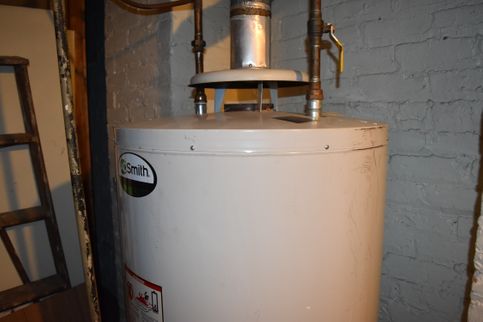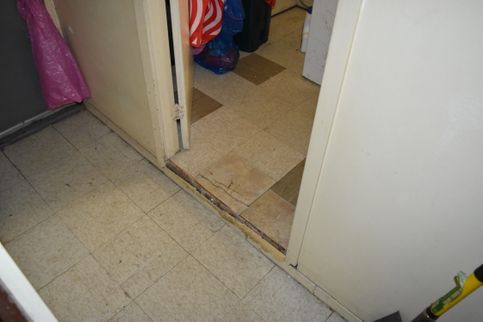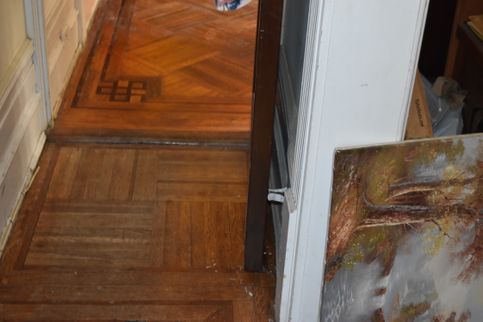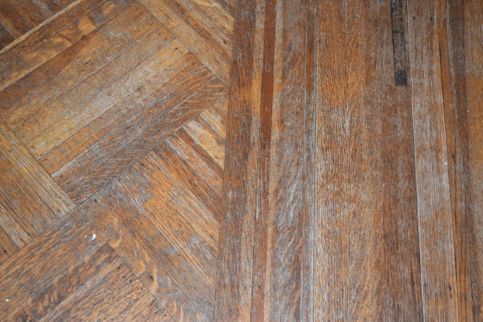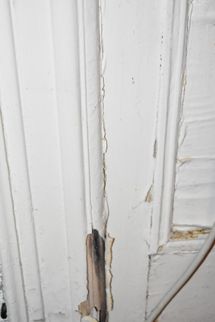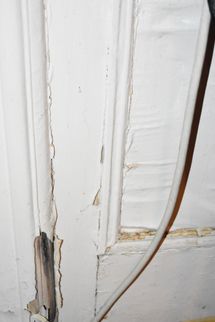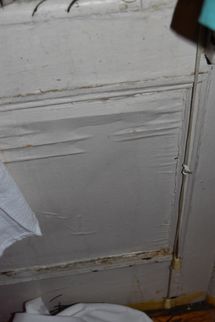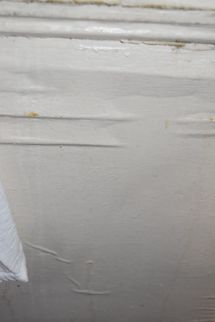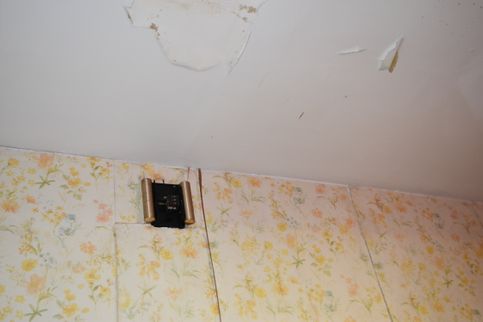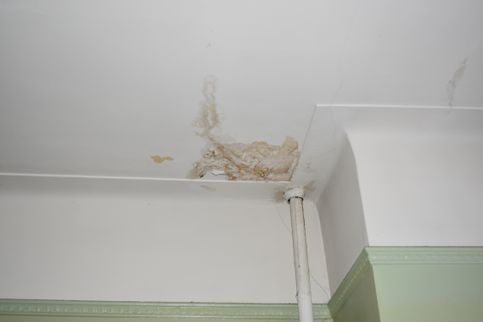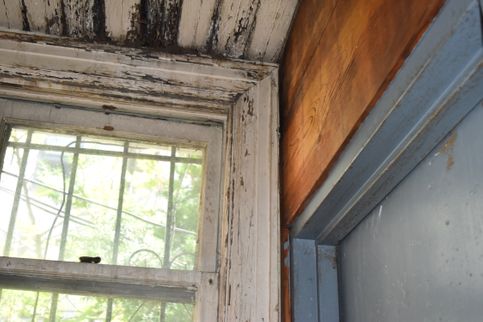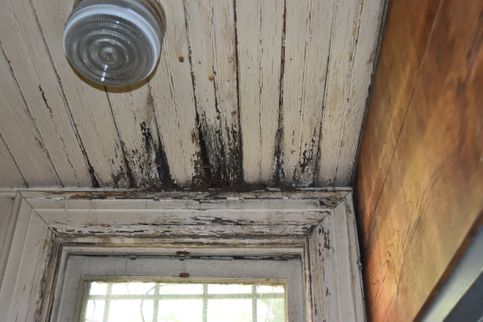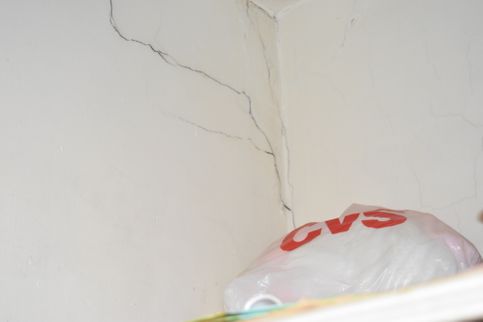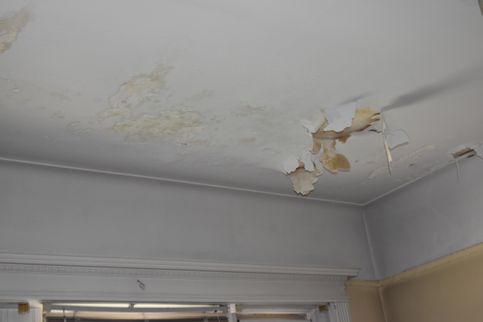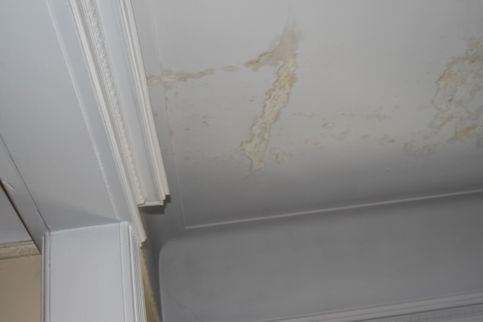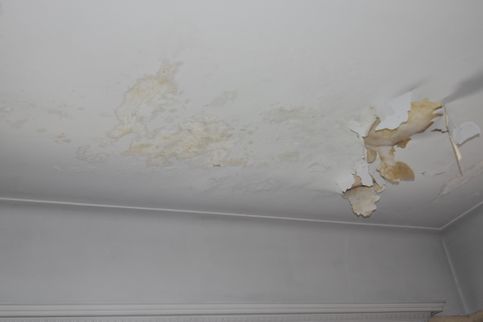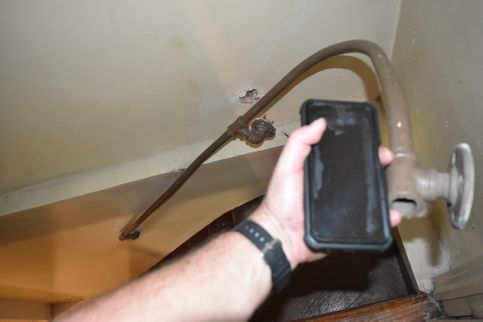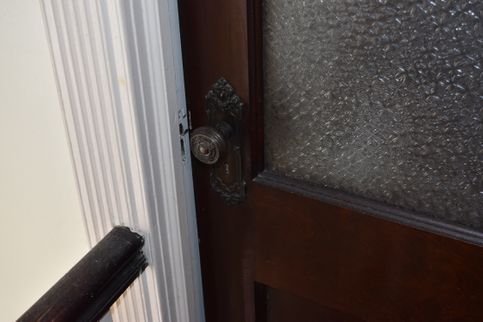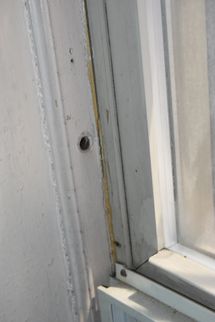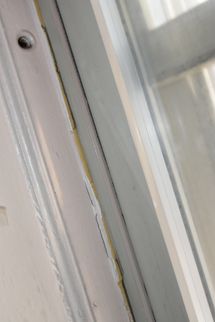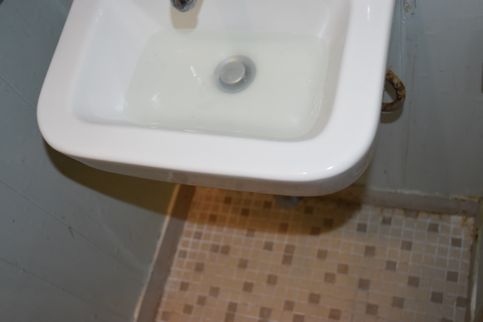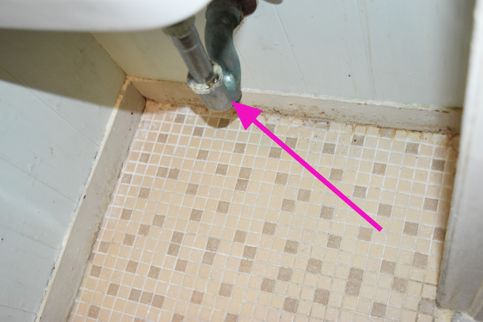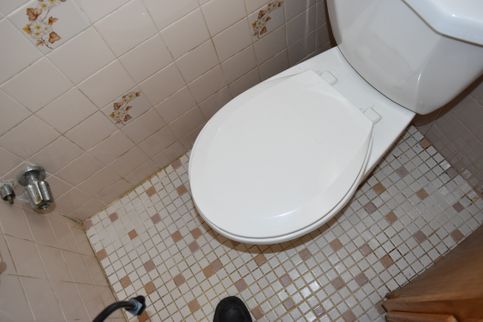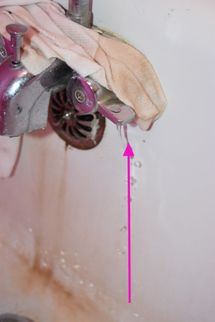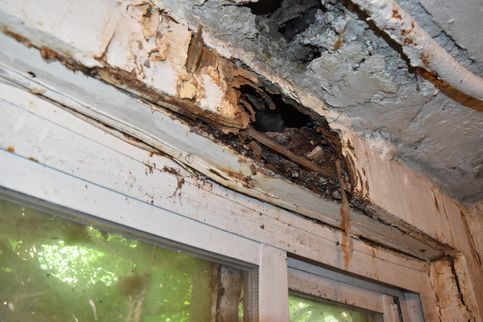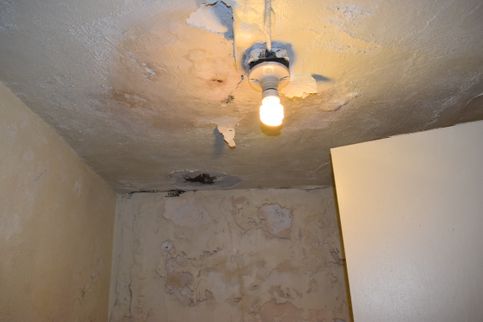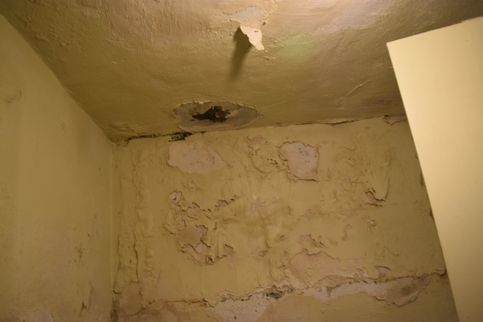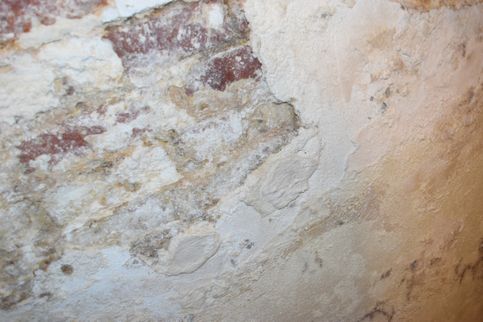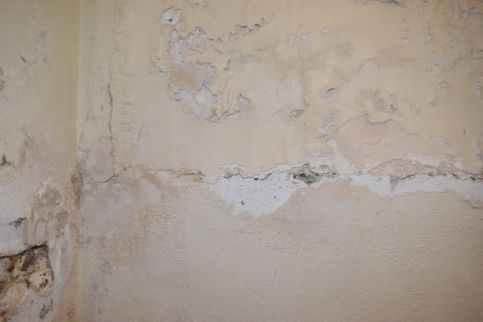The Scope and Purpose of a Home Inspection
Purchasing property involves risk
The purpose of a home inspection is to help reduce the risk associated with the purchase of a structure by providing a professional opinion about the overall condition of the structure. A home inspection is a limited visual inspection and it cannot eliminate this risk. Some homes present more risks than others. We cannot control this, but we try to help educate you about what we don’t know during the inspection process. This is more difficult to convey in a report and one of many reasons why we recommend that you attend the inspection.
A home inspection is not an insurance policy
This report does not substitute for or serve as a warranty or guarantee of any kind. Home warranties can be purchased separately from insuring firms that provide this service.
A home inspection is visual and not destructive
The descriptions and observations in this report are based on a visual inspection of the structure. We inspect the aspects of the structure that can be viewed without dismantling, damaging or disfiguring the structure and without moving furniture and interior furnishings. Areas that are concealed, hidden or inaccessible to view are not covered by this inspection. Some systems cannot be tested during this inspection as testing risks damaging the building. For example, overflow drains on bathtubs are generally not tested because if they were found to be leaking they could damage the finishes below. Our procedures involve non-invasive investigation and non-destructive testing which will limit the scope of the inspection.
This is not an inspection for code compliance
This inspection and report are not intended for city / local code compliance. During the construction process structures are inspected for code compliance by municipal inspectors. Framing is open at this time and conditions can be fully viewed. Framing is not open during inspections of finished homes, and this limits the inspection. All houses fall out of code compliance shortly after they are built, as the codes continually change. National codes are augmented at least every three years for all of the varying disciplines. Municipalities can choose to adopt and phase in sections of the codes on their own timetables. There are generally no requirements to bring older homes into compliance unless substantial renovation is being done.
This is just our opinion
Construction techniques and standards vary. There is no one way to build a house or install a system in a house. The observations in this report are the opinions of the home inspector. Other inspectors and contractors are likely to have some differing opinions. You are welcome to seek opinions from other professionals.
The scope of this inspection
This inspection will include the following systems: exterior, roof, structure, drainage, foundation, attic, interior, plumbing, electrical and heating. The evaluation will be based on limited observations that are primarily visual and non-invasive. This inspection and report are not intended to be technically exhaustive.
Your expectations
The overall goal of a home inspection is to help ensure that your expectations are appropriate with the house you are proposing to buy. To this end we assist with discovery by showing and documenting observations during the home inspection. This should not be mistaken for a technically exhaustive inspection designed to uncover every defect with a building. Such inspections are available but they are generally cost-prohibitive to most homebuyers.
Your participation is requested
Your presence is requested during this inspection. A written report will not substitute for all the possible information that can be conveyed verbally by a shared visual observation of the conditions of the property.
How to Read This Report
Getting the Information to You
This report is designed to deliver important and technical information in a way that is easy for anyone to access and understand. If you are in a hurry, you can take a quick look at our "Summary Page” and quickly get critical information for important decision making. However, we strongly recommend that you take the time to read the full Report, which includes digital photographs, captions, diagrams, descriptions, videos and hot links to additional information.
The best way to get the layers of information that are presented in this report is to read your report online (the HTML version), which will allow you to expand your learning about your house. You will notice some words or series of words highlighted in blue and underlined – clicking on these will provide you with a link to additional information. The HTML version of this report also contains streaming videos. Short video clips often contain important information and critical context and sounds that can be difficult to capture in words and still pictures.
For the most reliable viewing experience, I recommend viewing the report on as large a screen as practical, as much detail can be lost on small devices like smart phones. For similar reasons, reports should only be printed in color to retain as much detail as possible and minimize misinterpretation of photographs.
This report can also be printed on paper or to a PDF document.
Chapters and Sections
This report is divided into chapters that parcel the home into logical inspection components. Each chapter is broken into sections that relate to a specific system or component of the home. You can navigate between chapters with the click of a button on the left side margin.
Most sections will contain some descriptive information done in black font. Observation narrative, done in colored boxes, will be included if a system or component is found to be significantly deficient in some way or if we wish to provide helpful additional information about the system or the scope of our inspection. If a system or component of the home was deemed to be in satisfactory or serviceable condition, there may be no narrative observation comments in that section and it may simply say “tested,” or “inspected.”
Observation Labels
All narrative observations are colored, numbered and labeled to help you find, refer to, and understand the severity of the observation. Observation colors and labels used in this report are:
- Major Concern:Repair items that may cost significant money to correct now or in the near future, or items that require immediate attention to prevent additional damage or eliminate safety hazards.
- Repair:Repair and maintenance items noted during inspection. Please note that some repair items can be expensive to correct such as re-finishing hardwood floors, but are considered simply repair items due to their cosmetic nature.
- Recommended Maintenance:These are repair items that should be considered "routine home ownership items," such as servicing the furnace, cleaning the gutters or changing the air filters in the furnace.
- Improve:Observations that are not necessarily defects, but which could be improved for safety, efficiency, or reliability reasons.
- Monitor:Items that should be watched to see if correction may be needed in the future.
- Note:Refers to aside information and /or any comments elaborating on descriptions of systems in the home or limitations to the home inspection.
Pest Inspection
All items with the bug logo () are part of a structural pest inspection. If your inspector included a structural pest inspection as a part of the scope of your home inspection, you can distinguish pest inspection items by this logo. You can also go to the pest inspection summary page to see a summary of the items that are part of a pest inspection.
Summary Page
The Summary Page is designed as a bulleted overview of all the observations noted during inspection. This helpful overview is not a substitution for reading the entire inspection report. The entire report must be read to get a complete understanding of this inspection report as the Summary Page does not include photographs or photo captions.
Moisture Meter Testing
Where moisture meter testing is indicated in this report a Protimiter Survey Master Dual Function was used.
Summary
Major Concerns
- DPB-1 Decks, Porches and Balconies:
some of what i point out on the underside shows a lack of professionalism and even dangerous conditions. i am not a deck builder. have a deck builder look at this before you let anyone wall on this.
- G-1 Garage:
the entire thing can be salvaged and made whole. but as it is now, rotting beams and perhaps other issues make it unsafe.
- RCG-7 Roof, Chimney and Gutters:
this was discussed elsewhere. close this right away. do not wait.
- RCG-11 Roof, Chimney and Gutters:
this is the lower roof. it is shot. there is no maintenance that can save this, so it it not worth talking about. do not walk on this-
- EDFW-2 Electric Distribution and Finish Wiring:
Since the 1970s, requirements for GFCI (Ground Fault Circuit Interruption) protection have changed, and locations requiring GFCI protection seem to get added with every code cycle. It is common for older residential buildings to have some or even many electric receptacles that do not meet modern safety standards. GFCIs have proven successful at reducing electrocutions, and it seems likely that someday, every circuit, receptacle, and appliance in the building will require GFCI protection. The first chart below shows how successful GFCIs have been at reducing risks from electrocution. The second illustration shows where GFCI protection is required as of the 2020 NEC and WAC. As a general best practice for safety. For improved safety, I always recommend bringing GFCI protection up to modern safety standards.
During inspection today, I noted that GFCI protection is inconsistent with modern minimum standards for safety in the following locations:
- EDFW-6 Electric Distribution and Finish Wiring:
put a smoke detector on each floor and in the basement. put smoke detectors in each bedroom. put gas detectors in a room with natural gas appliances and the basement.
- P-1 Plumbing:
this must be looked at on final walk through. it cannot be lead. pink equals main turn off valve and yellow equals pipe in question. talk to me.
- I-9 Interior:
- SB-3 Structure and Basement:
you must fix or prime and paint over any peeling paint in this house. to hold back lead. or have it tested. as a homeowner you can buy a test kit. simple. any paint store. ALWAYS ASSUME THESE HOUSES HAVE LEAD PAINT IN THEM.
run a dehumidifier in the basement to dry the air out. it is too damp. that is why this is happening.
Repairs
- G1-2 Grounds:
- ESDW-6 Exterior Siding, Doors and Windows:
- ESDW-7 Exterior Siding, Doors and Windows:
- RCG-3 Roof, Chimney and Gutters:
- RCG-5 Roof, Chimney and Gutters:
- RCG-10 Roof, Chimney and Gutters:
- RCG-12 Roof, Chimney and Gutters:
the gutter has a back slant. it cannot drain. when you have the roof done, replace this.
- ES-2 Electric Service:
Hire a licensed electrical contractor to correct the double-tapped or double-lugged circuits in the electric panel; this is when two conductors share the same breaker. Most breaker circuit breaker manufacturers do not allow two conductors / breaker. The breakers here do not look rated for two conductors. This condition risks poorly protected circuits and is a possible fire hazard. Please note that a pigtail is often used as a simple repair for this condition - see the attached illustration.
- EDFW-1 Electric Distribution and Finish Wiring:
- EDFW-5 Electric Distribution and Finish Wiring:
see that these old wire are dead or cover this.
- I-1 Interior:
- I-2 Interior:
- I-3 Interior:
- I-4 Interior:
- I-5 Interior:
- I-6 Interior:
- I-7 Interior:
- I-8 Interior:
- I-10 Interior:
- I-11 Interior:
- B-1 Bathroom:
- B-2 Bathroom:
loose seat.
- B-3 Bathroom:
- SB-1 Structure and Basement:
i could not identify any inactive or active wood destroying insects per se but i suspect there have been some in this house in the past. that is not unusual.
- SB-2 Structure and Basement:
the peeling paint. see other section
Recommended Maintenance Items
- G1-3 Grounds:
keep plantings off of the buildings.
- ESDW-5 Exterior Siding, Doors and Windows:
- ESDW-9 Exterior Siding, Doors and Windows:
ok, when we see caulking failing on one window, we can assume it is failing on all with the exception that the areas away from the sun will have less degradation.
- DPB-2 Decks, Porches and Balconies:
- G-2 Garage:
- RCG-1 Roof, Chimney and Gutters:
this roof is in great condition with a minor flaw. keep it painted. flaw to be discussed below.
- RCG-2 Roof, Chimney and Gutters:
ok, water is ponding here. ponding may happen because the drain is not draining . it can rot the roof. in this case, it lifted the paint. the paint is a sacrificial coat designed to keep the sun off the roof. here, the sun has caused slight alligatoring. as soon as you get in this house. hose this area off and use high fiber silver roof paint on it. karnack. keep this area painted at all times (if you paint the roof every five years, paint this every two years). this roof will last a long time but you must get this spot. right away.
- RCG-4 Roof, Chimney and Gutters:
cover these with flashing cement and fill the yellow with mortar (first). paint the flashing cement when it hardens (silver roof paint) or else it will degrade and run down on the side wall and stain it.
- RCG-8 Roof, Chimney and Gutters:
- RCG-9 Roof, Chimney and Gutters:
paint the black flashing cement with silver paint and it will last longer.
Improves
- ES-1 Electric Service:
an electrician will tell you it is time to change this rusted box. it is still usable but...
i think those are no 2 wires coming in which means this was upgraded.
you have double lugged breakers. at some point you will want more amperage in this house. 100 amp is too small for modern needs. my house is smaller and has a 100 amps and we are maxed out. you are lucky you have the no 2 wire. talk to an electrician about what your needs will be and where you can go-
note that having newer wire here and old two prong outlets (last installed in NYC in 1963) in the upper portions of the house and having the high voltage drop upstairs suggest to me that they ran newer wire to a large junction box someplace and tied it in with the older wires and left them running to the upstairs. that is my bet.
- ES-3 Electric Service:
i cannot see the termination of this ground. it may be a rod. maybe concrete was poured around it. i would talk to an electrician about adding a cold water ground.
- EDFW-3 Electric Distribution and Finish Wiring:
there is high voltage drop in this house indicating that the wiring is probably old. they may have run new wire from the box to a junction and then left the old wire in the house.
- EDFW-4 Electric Distribution and Finish Wiring:
these two prong outlets are all over the house and must be upgraded to three prong.
- HCFV-1 Heating, Cooling, Fireplaces and Ventilation:
this boiler looks fine but have it checked out. i could not get any useful data out of my photos but think this think is pushing 20 years old or older and that means you have to keep money on hand for a new one.
Monitors
- RCG-6 Roof, Chimney and Gutters:
a parapet wall inspection must be done here. a square is used to check for plumb and a record is made. you can do it. keep the report - a photo and statement. see the city brochure on this. the wall is fine.
Notes
- G1-1 Grounds:
see comments under photos
- ESDW-3 Exterior Siding, Doors and Windows:
- ESDW-4 Exterior Siding, Doors and Windows:
- ESDW-8 Exterior Siding, Doors and Windows:
- ES-4 Electric Service:
i cannot see the neutral bond here. when you have an electrician in changing outlets and installing gfis, have him look at this- he will bond it if it is not.
- HCFV-2 Heating, Cooling, Fireplaces and Ventilation:
I do not think this was made to be used. it is blocked.
- P-2 Plumbing:
📃 The Complete Inspection Report
Decks, Porches and Balconies
Wood Decks Porches and Balconies
Concrete Decks, Stoops, Landings and Porches
Electric Service
Electric Service
Electric Service Equipment
Electrical Grounding System
Electrical Bonding System
Electric Distribution and Finish Wiring
Receptacles and Fixtures
Smoke and Carbon Monoxide Alarm Systems
Grounds
Driveways/Walkways/Flatwork
see comments under photos
Window and Stairwells
Grounds, Trees and Vegetation
keep plantings off of the buildings.
Exterior Siding, Doors and Windows
Exterior Elevations
see notes in sections below. please be aware it would be very unusual to have walls without defects or even cracking in them.
Siding and Trim
Exterior Window Frames
ok, when we see caulking failing on one window, we can assume it is failing on all with the exception that the areas away from the sun will have less degradation.
Decks, Porches and Balconies
Wood Decks Porches and Balconies
some of what i point out on the underside shows a lack of professionalism and even dangerous conditions. i am not a deck builder. have a deck builder look at this before you let anyone wall on this.
Concrete Decks, Stoops, Landings and Porches
Garage
Garage General
the entire thing can be salvaged and made whole. but as it is now, rotting beams and perhaps other issues make it unsafe.
Roof, Chimney and Gutters
Roof Materials
this roof is in great condition with a minor flaw. keep it painted. flaw to be discussed below.
ok, water is ponding here. ponding may happen because the drain is not draining . it can rot the roof. in this case, it lifted the paint. the paint is a sacrificial coat designed to keep the sun off the roof. here, the sun has caused slight alligatoring. as soon as you get in this house. hose this area off and use high fiber silver roof paint on it. karnack. keep this area painted at all times (if you paint the roof every five years, paint this every two years). this roof will last a long time but you must get this spot. right away.
a parapet wall inspection must be done here. a square is used to check for plumb and a record is made. you can do it. keep the report - a photo and statement. see the city brochure on this. the wall is fine.
Roof Materials (1)
this is the lower roof. it is shot. there is no maintenance that can save this, so it it not worth talking about. do not walk on this-
Electric Service
Electric Service
an electrician will tell you it is time to change this rusted box. it is still usable but...
i think those are no 2 wires coming in which means this was upgraded.
you have double lugged breakers. at some point you will want more amperage in this house. 100 amp is too small for modern needs. my house is smaller and has a 100 amps and we are maxed out. you are lucky you have the no 2 wire. talk to an electrician about what your needs will be and where you can go-
note that having newer wire here and old two prong outlets (last installed in NYC in 1963) in the upper portions of the house and having the high voltage drop upstairs suggest to me that they ran newer wire to a large junction box someplace and tied it in with the older wires and left them running to the upstairs. that is my bet.
Electric Service Equipment
Hire a licensed electrical contractor to correct the double-tapped or double-lugged circuits in the electric panel; this is when two conductors share the same breaker. Most breaker circuit breaker manufacturers do not allow two conductors / breaker. The breakers here do not look rated for two conductors. This condition risks poorly protected circuits and is a possible fire hazard. Please note that a pigtail is often used as a simple repair for this condition - see the attached illustration.
Electrical Grounding System
Electric Distribution and Finish Wiring
Receptacles and Fixtures
Since the 1970s, requirements for GFCI (Ground Fault Circuit Interruption) protection have changed, and locations requiring GFCI protection seem to get added with every code cycle. It is common for older residential buildings to have some or even many electric receptacles that do not meet modern safety standards. GFCIs have proven successful at reducing electrocutions, and it seems likely that someday, every circuit, receptacle, and appliance in the building will require GFCI protection. The first chart below shows how successful GFCIs have been at reducing risks from electrocution. The second illustration shows where GFCI protection is required as of the 2020 NEC and WAC. As a general best practice for safety. For improved safety, I always recommend bringing GFCI protection up to modern safety standards.
During inspection today, I noted that GFCI protection is inconsistent with modern minimum standards for safety in the following locations:
Smoke and Carbon Monoxide Alarm Systems
put a smoke detector on each floor and in the basement. put smoke detectors in each bedroom. put gas detectors in a room with natural gas appliances and the basement.
Heating, Cooling, Fireplaces and Ventilation
Heating System
this boiler looks fine but have it checked out. i could not get any useful data out of my photos but think this think is pushing 20 years old or older and that means you have to keep money on hand for a new one.
Plumbing
Water Meter
this must be looked at on final walk through. it cannot be lead. pink equals main turn off valve and yellow equals pipe in question. talk to me.
Interior
Walls, Ceilings, Trim, Hallways and Closets
Bathroom
Sinks and Cabinets
Structure and Basement
Basement
Basement Moisture
you must fix or prime and paint over any peeling paint in this house. to hold back lead. or have it tested. as a homeowner you can buy a test kit. simple. any paint store. ALWAYS ASSUME THESE HOUSES HAVE LEAD PAINT IN THEM.
run a dehumidifier in the basement to dry the air out. it is too damp. that is why this is happening.
Receipt -- 📃 The Complete Inspection Report
10 martense ct
| Inspection Fee | $750.00 |
| $750.00 | |
| PAID |
Brownstone Home Inspection LLC
8012 Penelope ave
middle village , ny 11379
347-813-9635
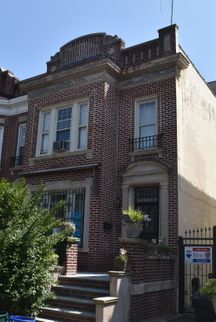
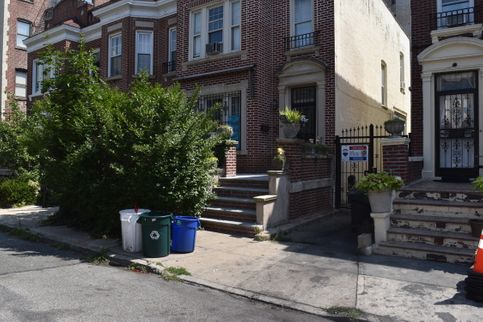
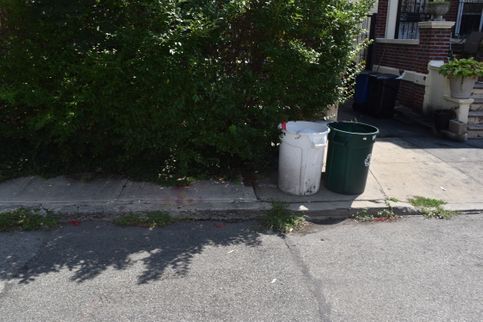

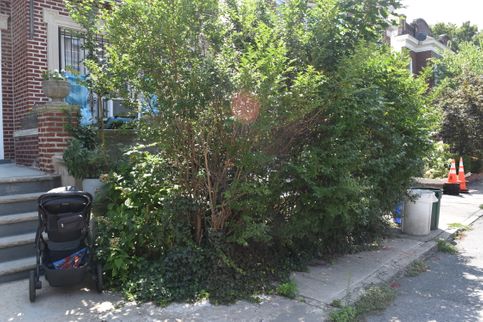
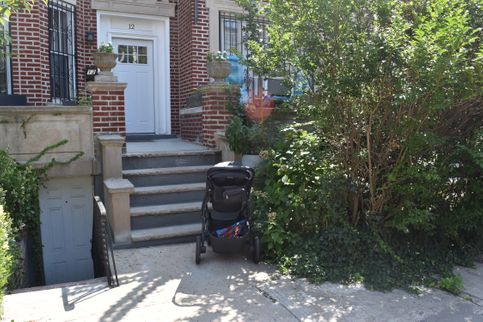
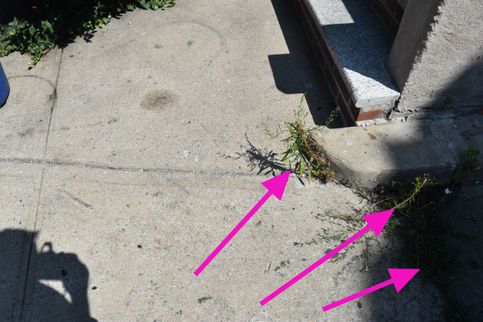
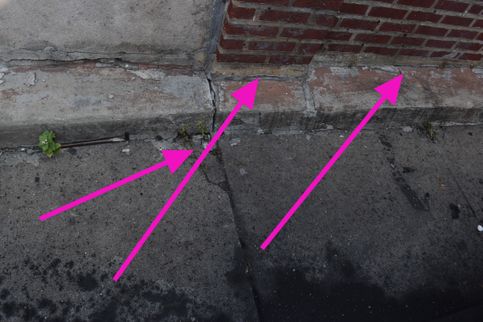
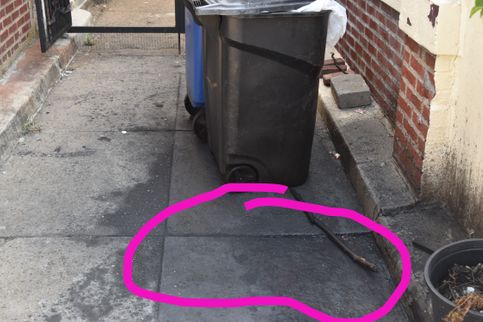

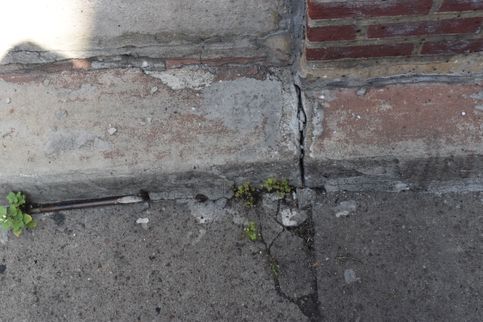
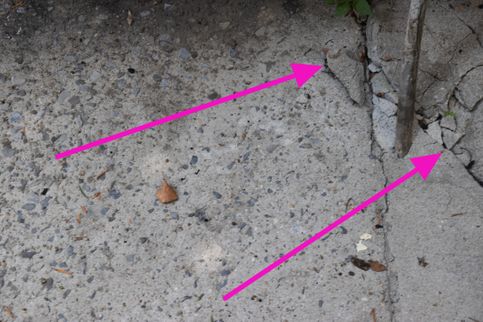
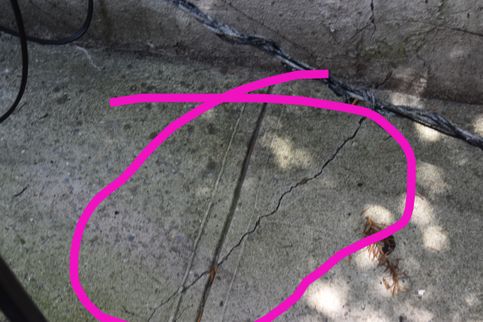
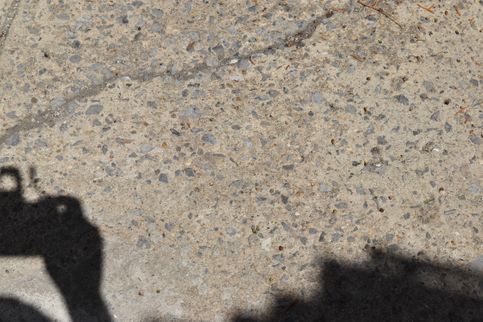
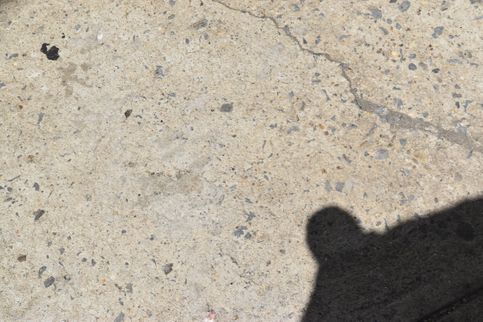
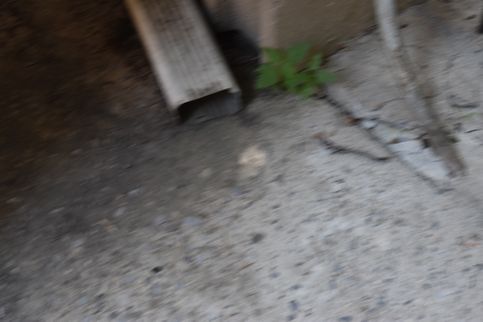

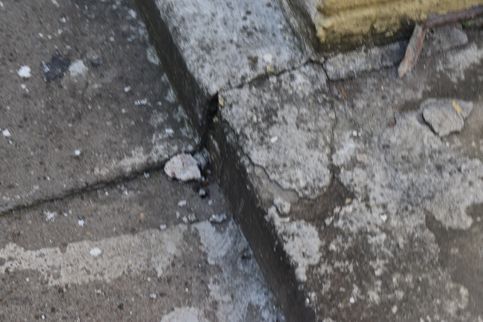
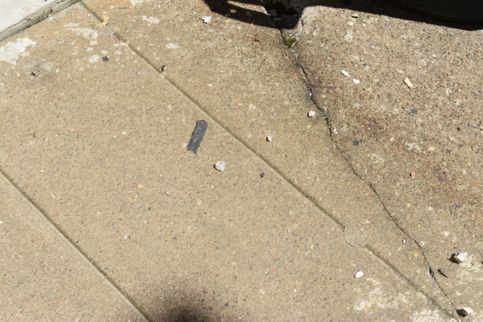
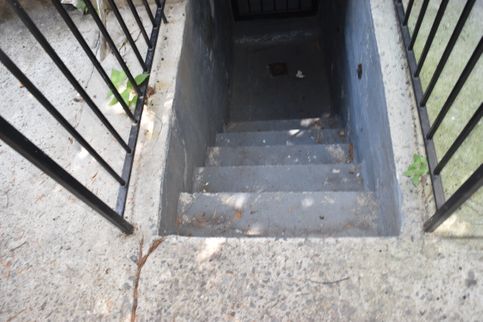
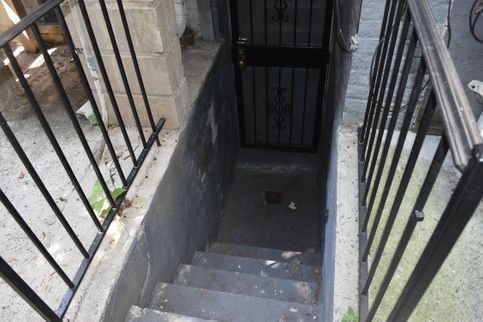
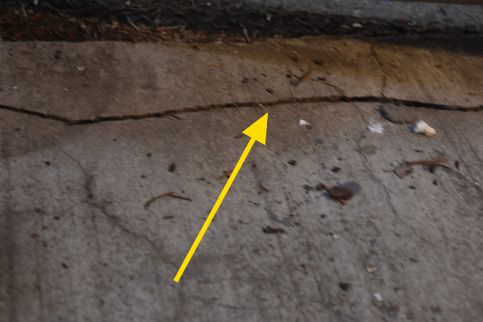
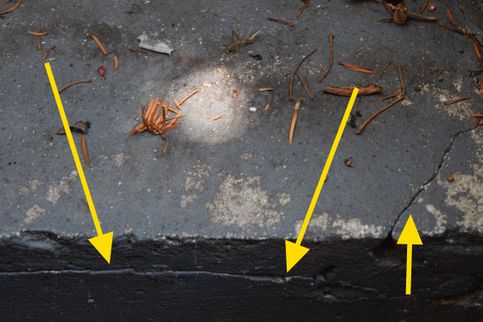

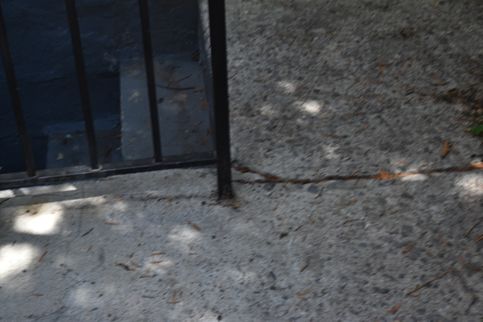

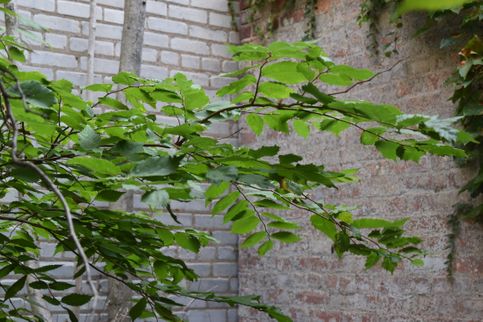


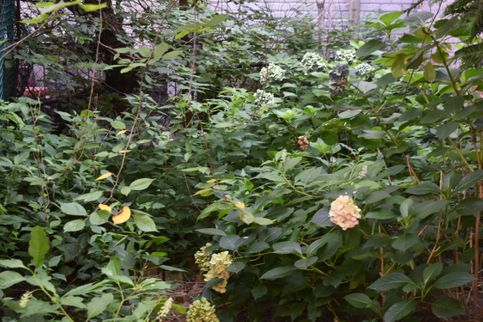

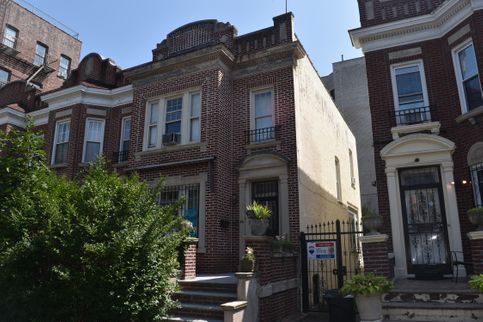
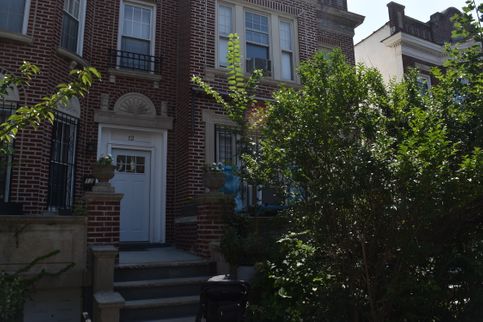
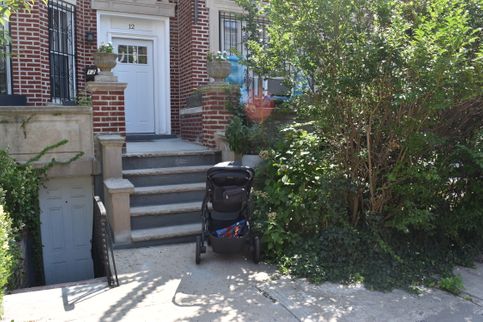
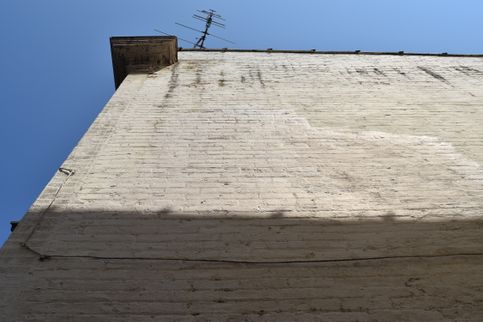
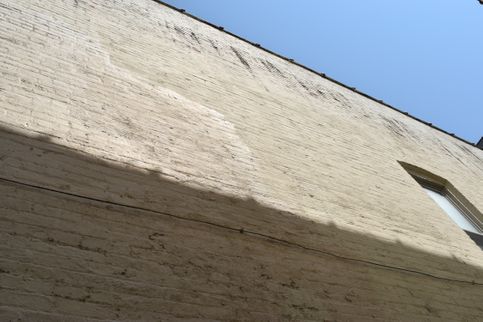
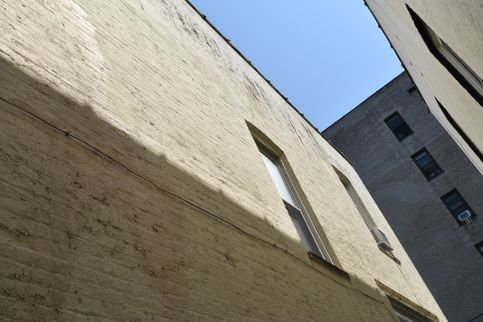
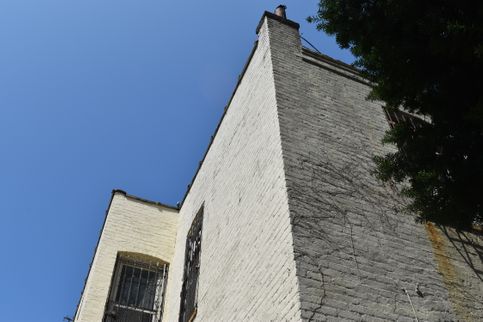
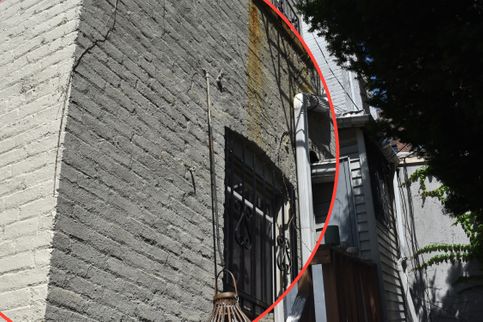
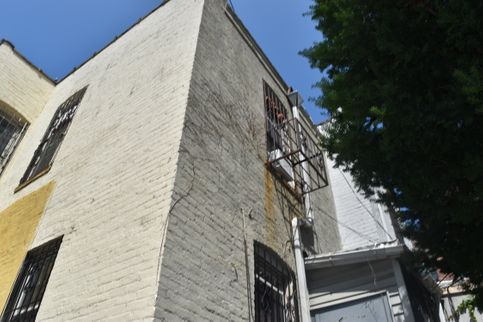

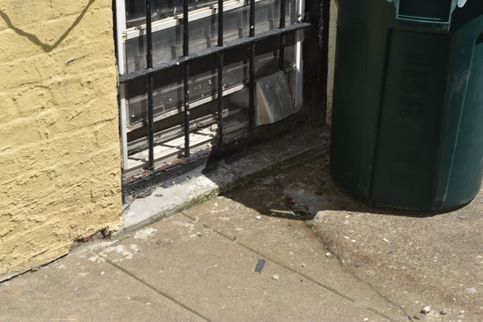
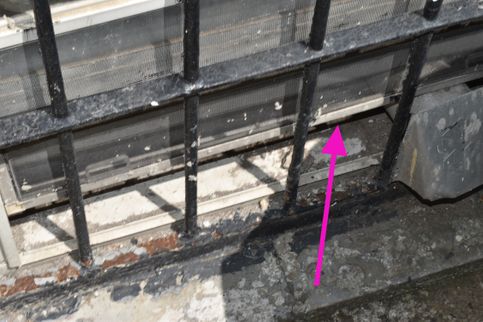
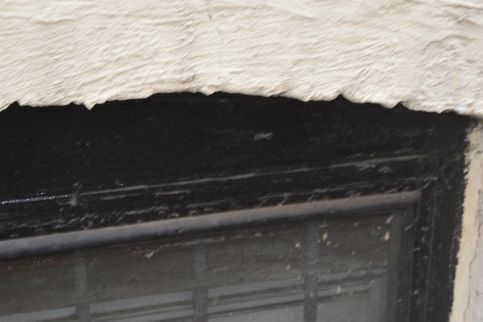
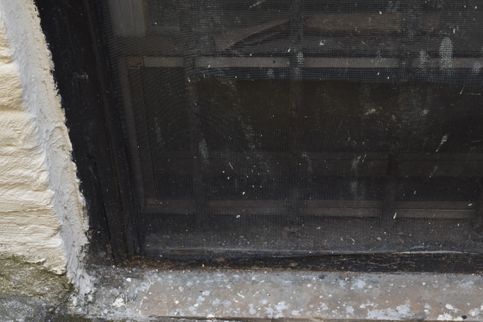

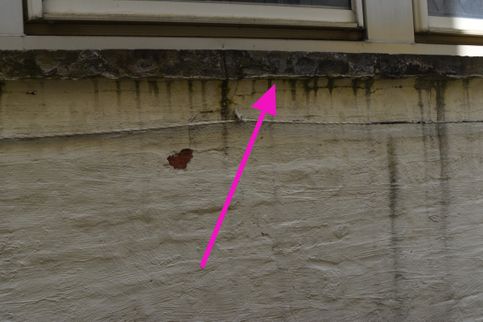
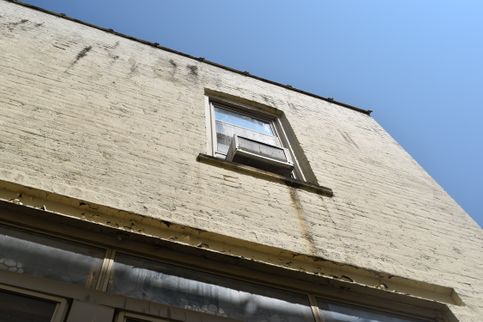
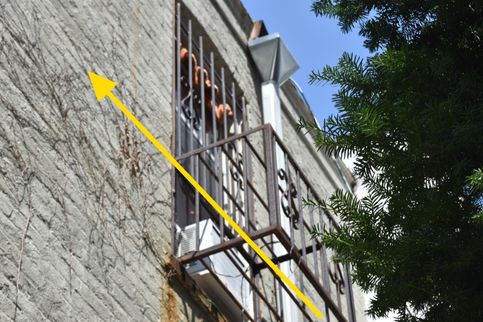
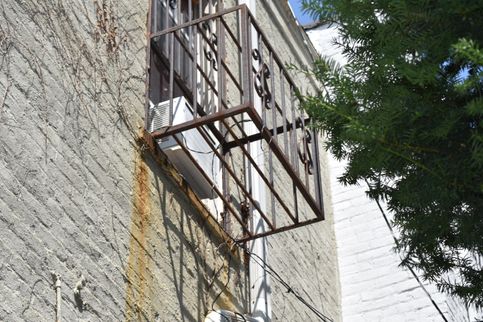
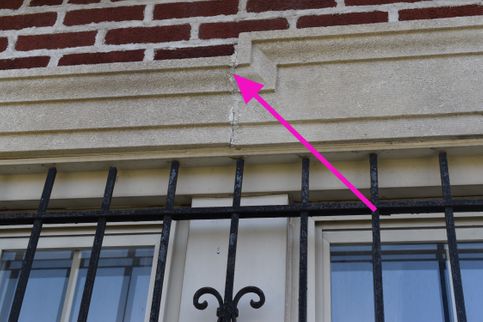
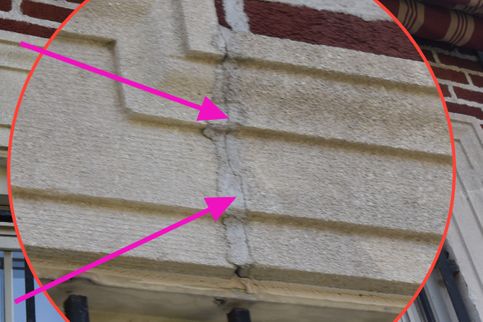
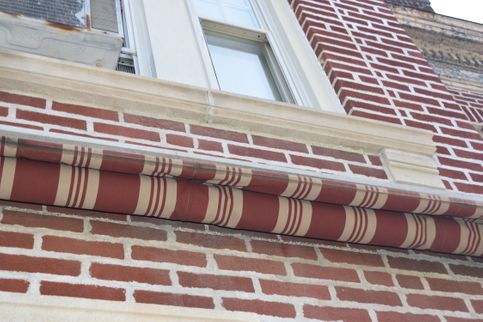
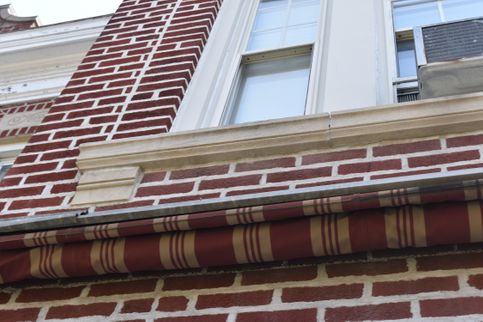
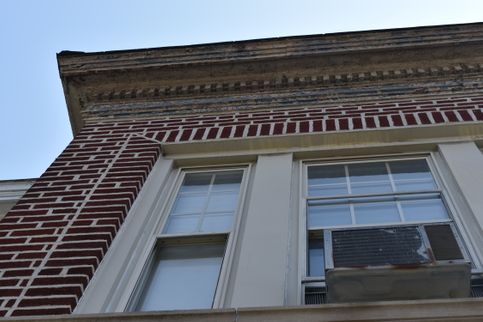
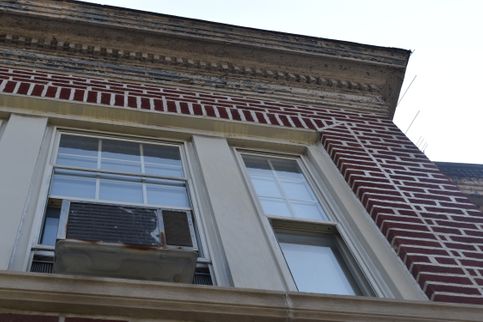
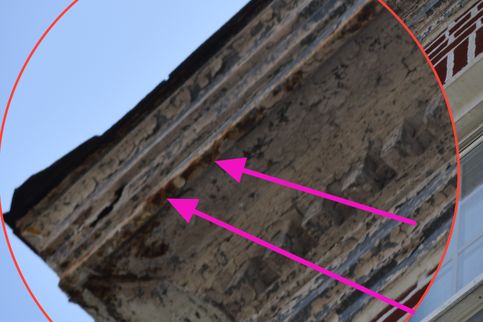
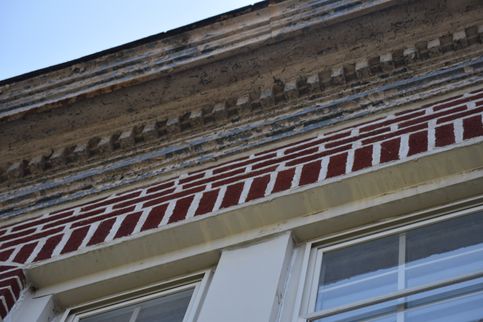
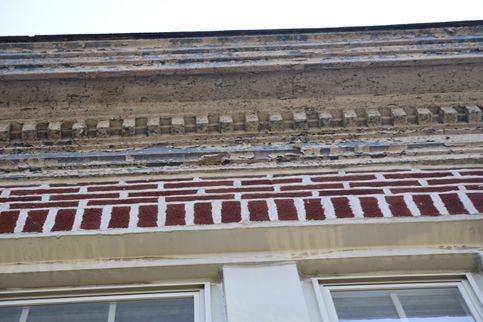
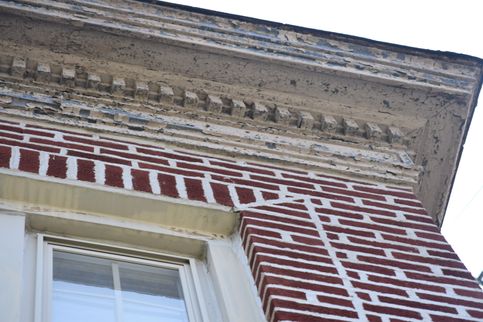
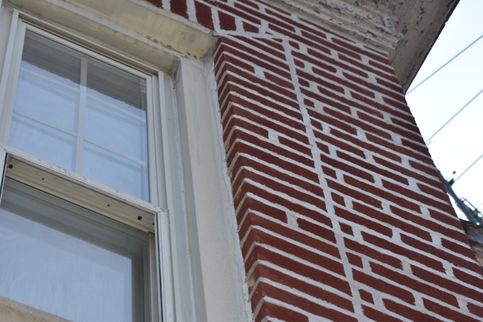
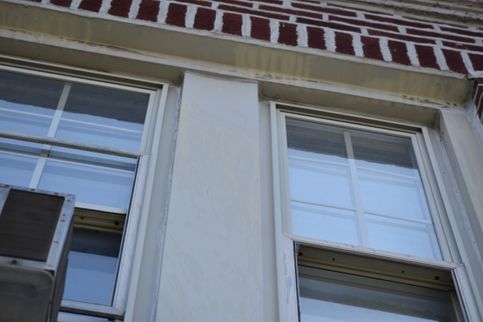
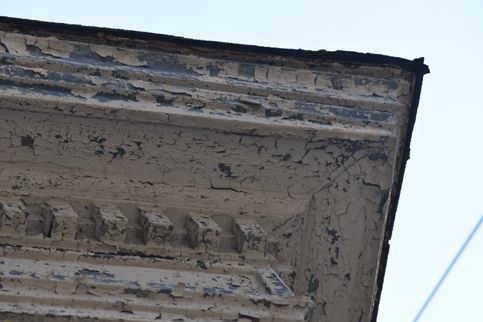
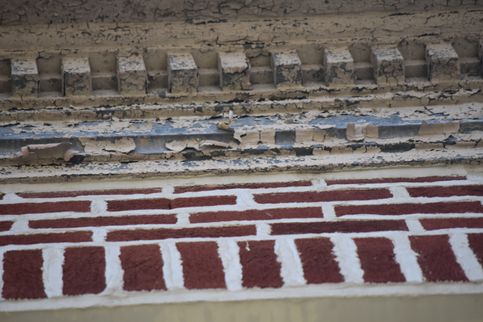
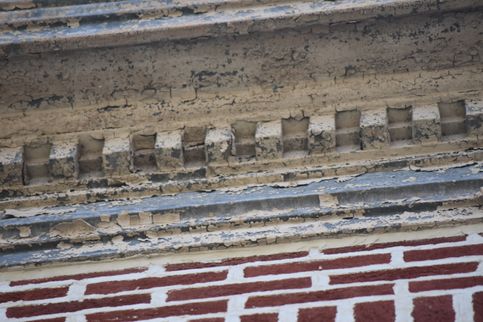
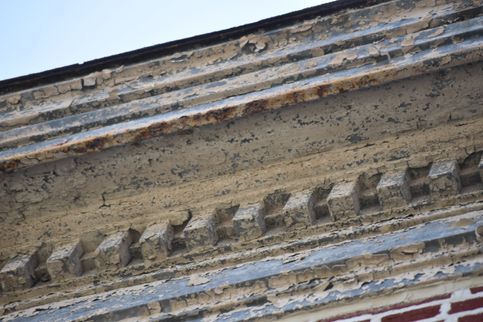
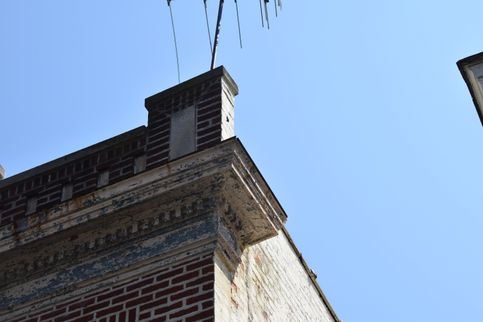
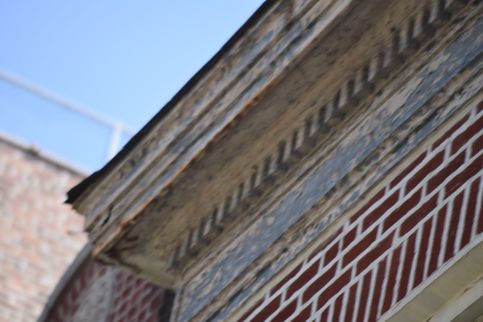
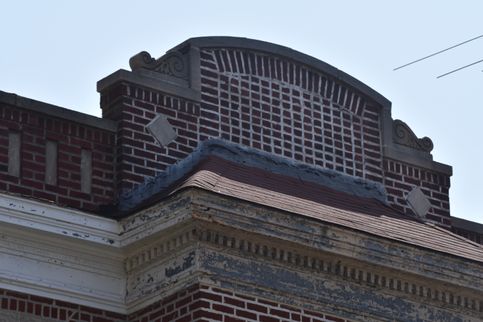

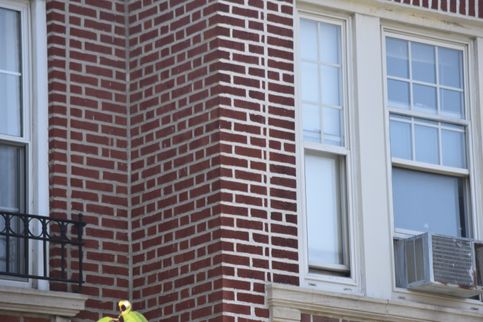

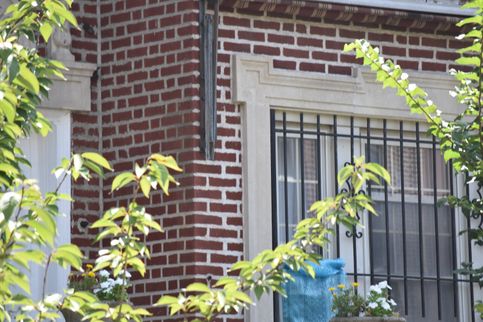

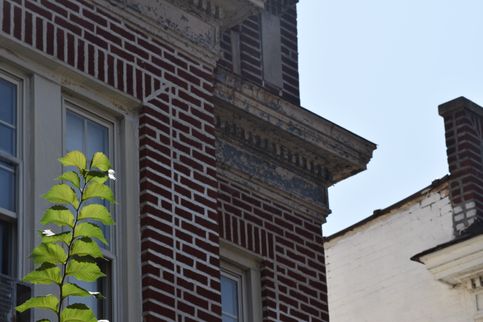
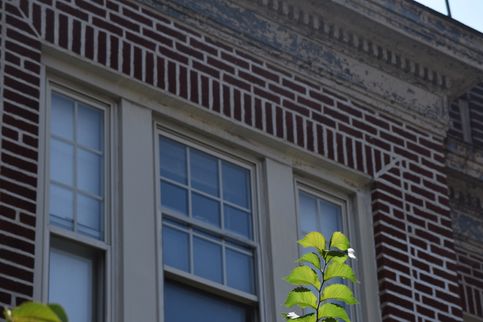
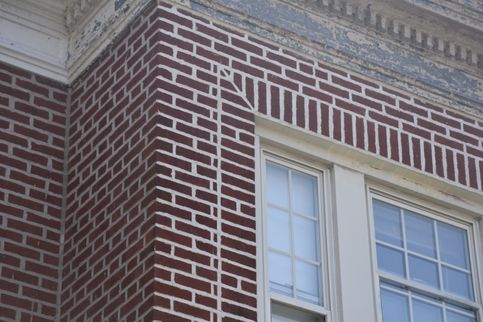
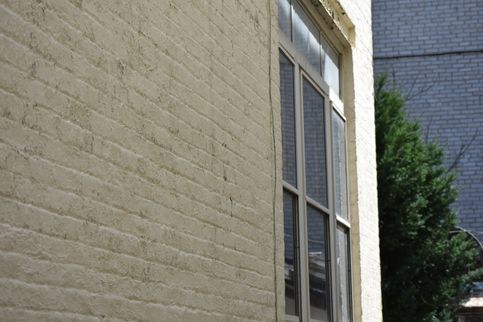
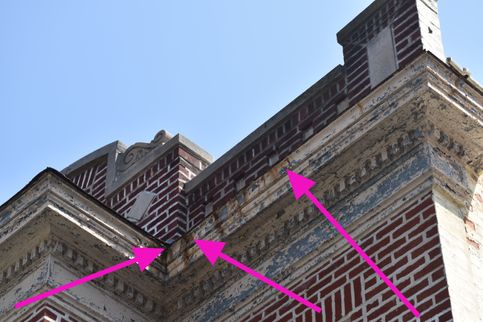
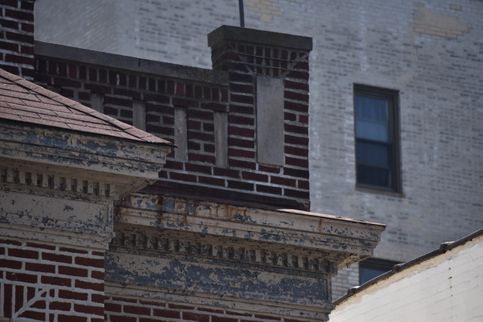
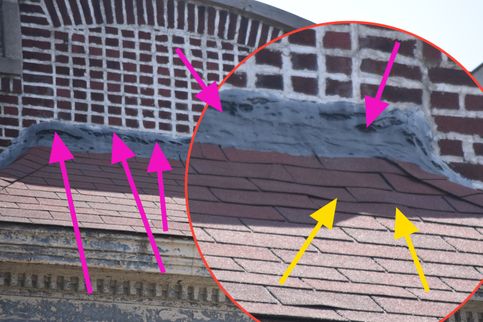
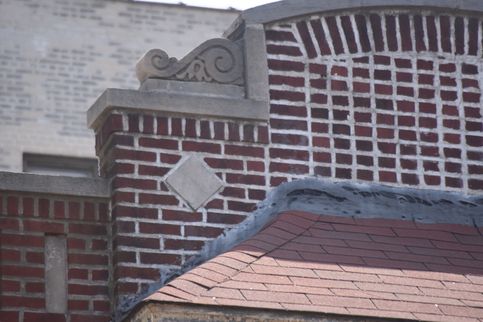
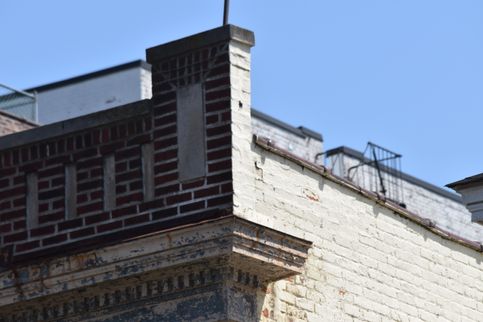
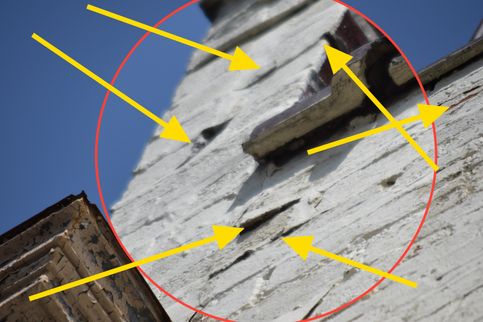

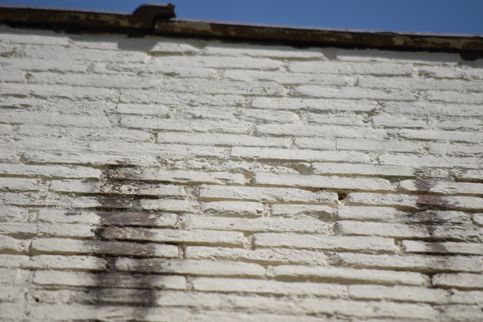
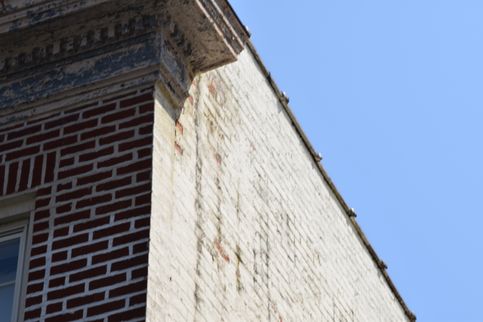
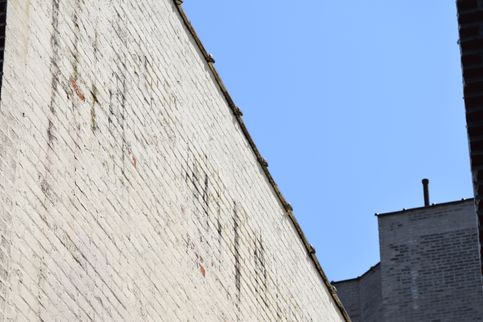
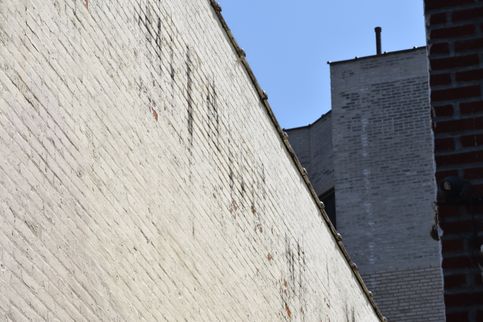
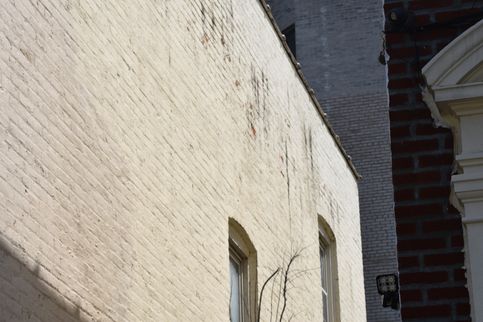


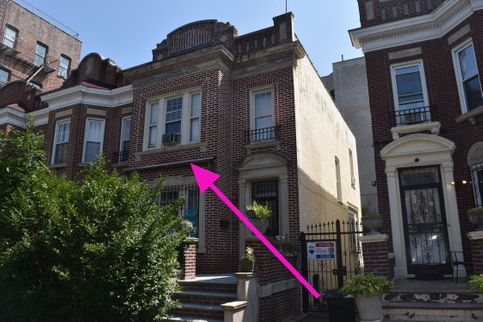
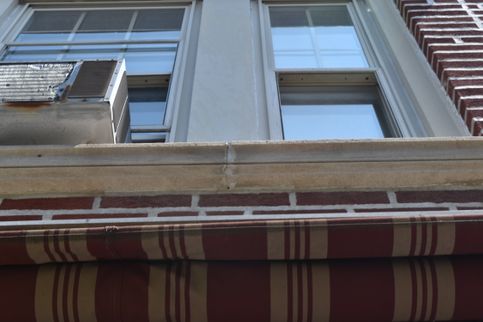

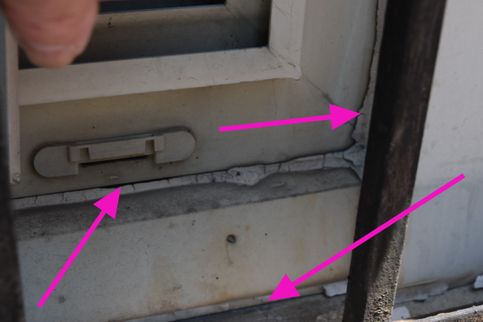
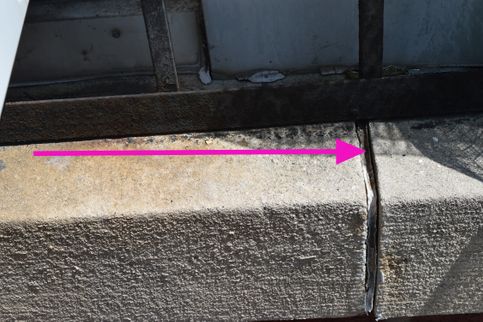

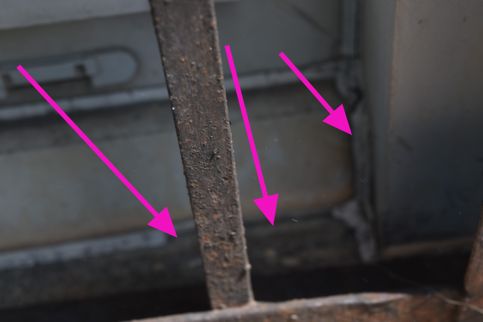
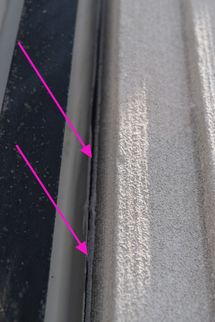
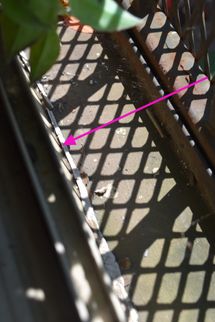
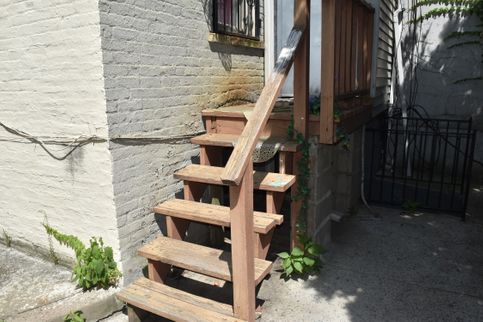

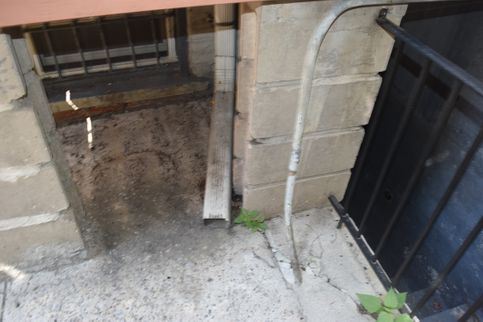
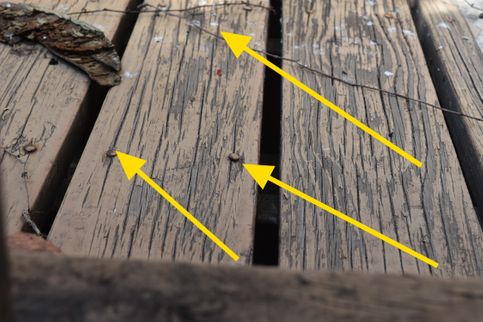
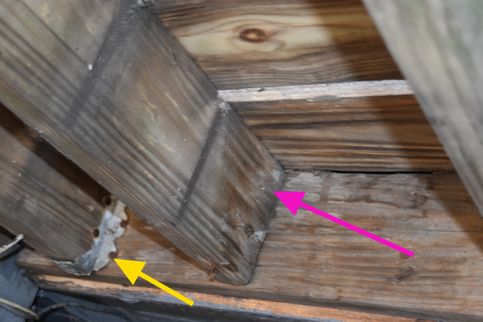
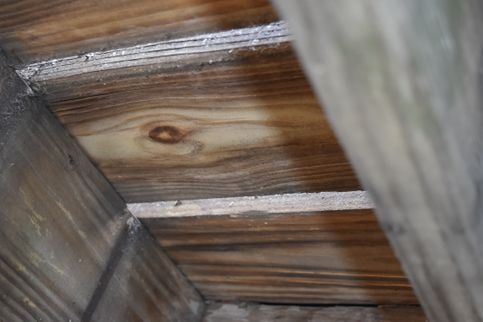
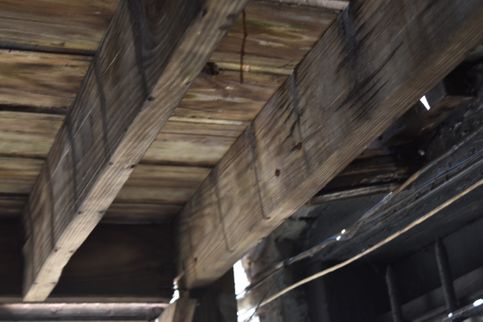
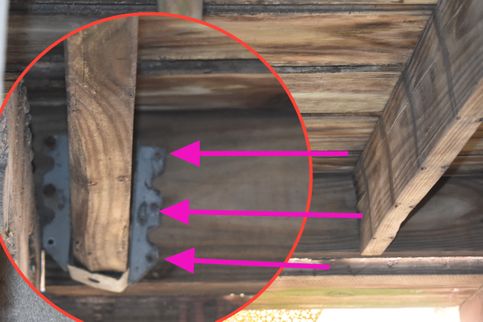
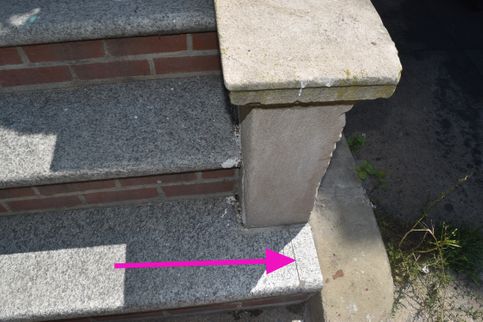
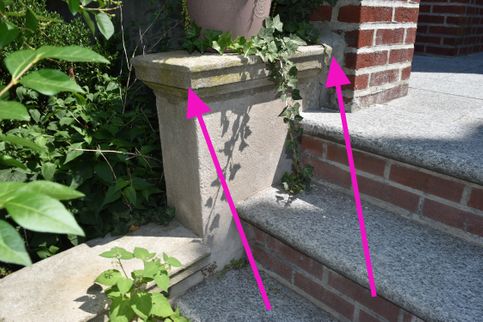

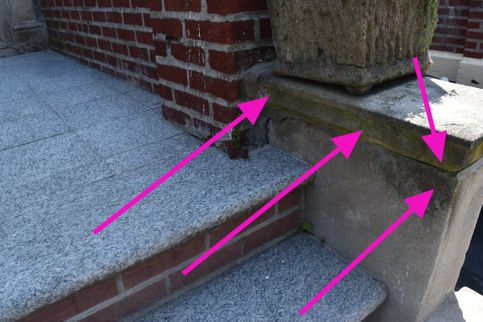
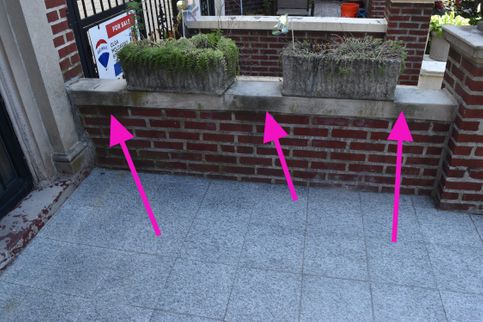
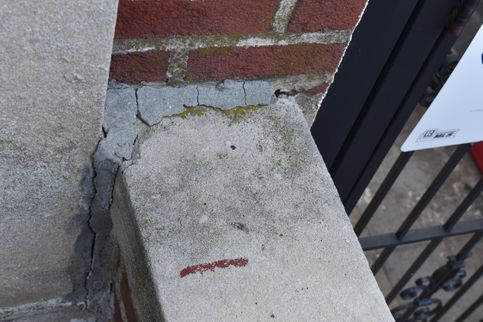
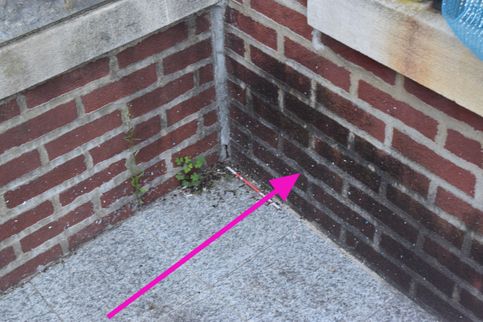
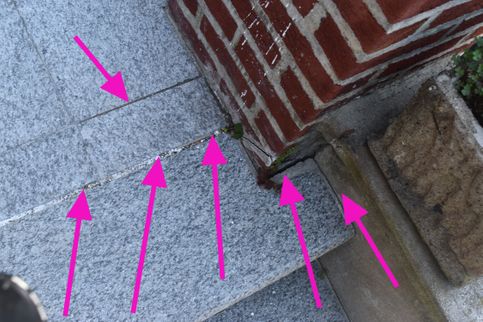

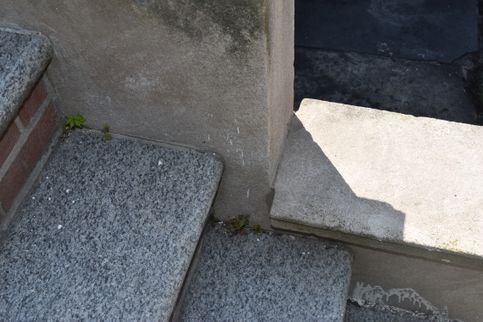
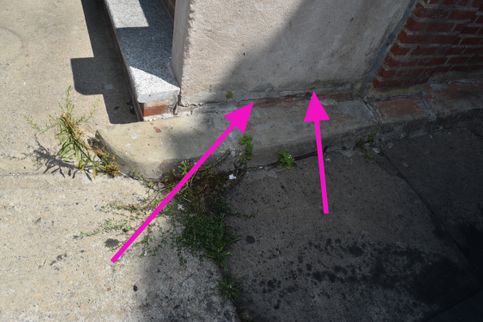
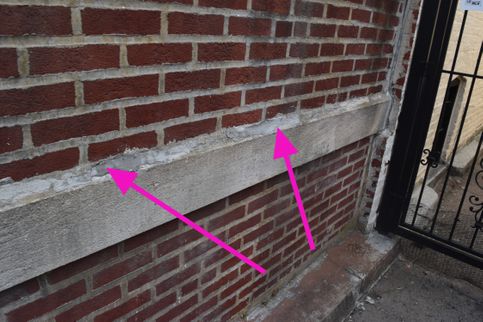
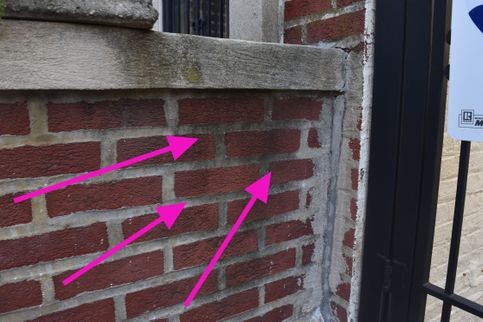
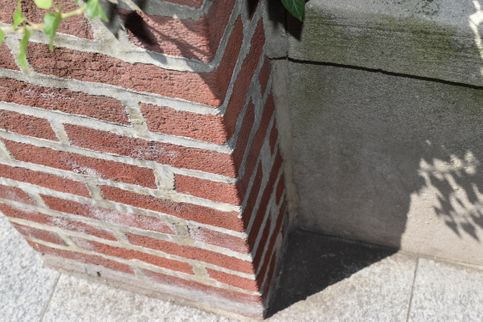

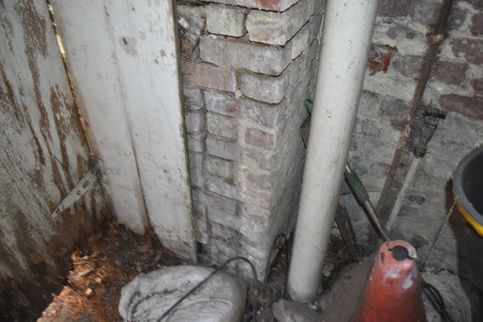
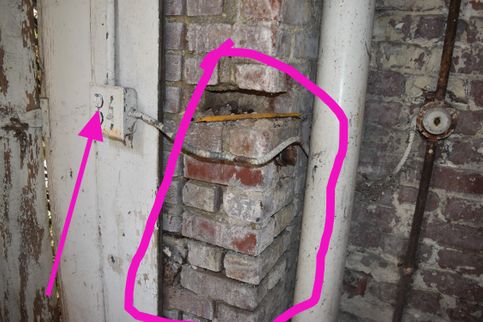
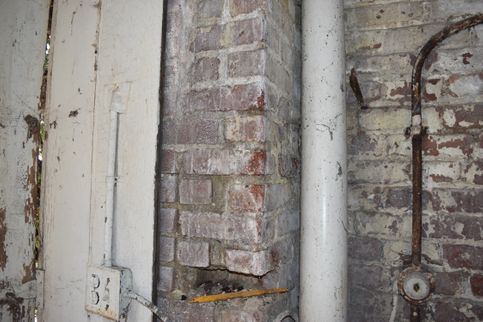
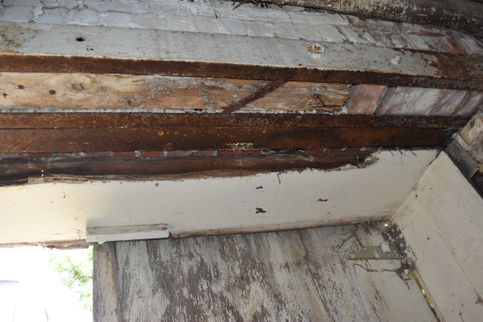
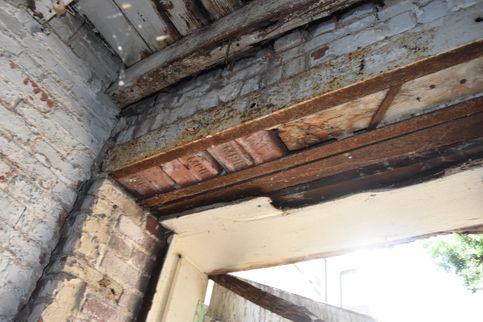
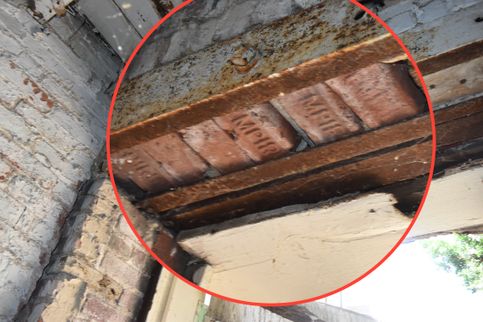
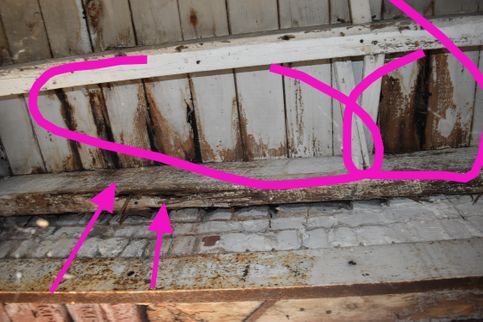
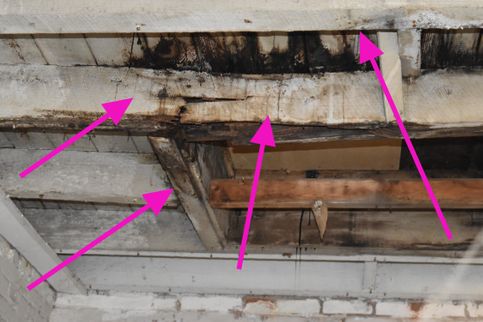
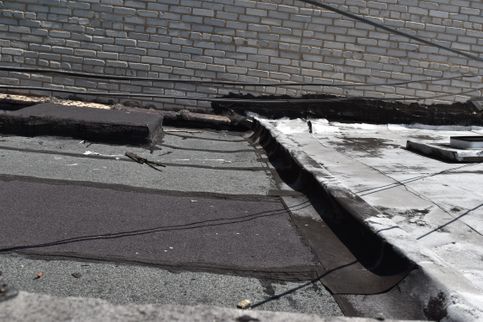
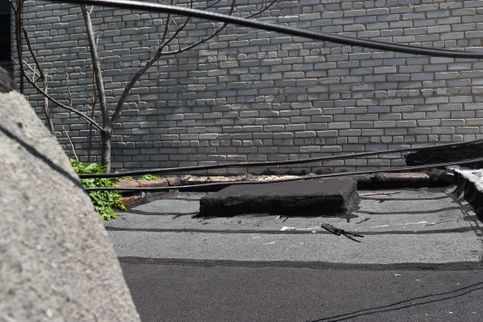
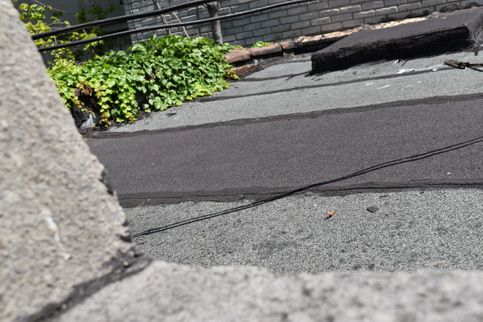
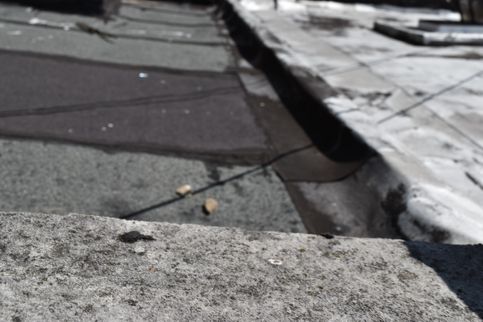
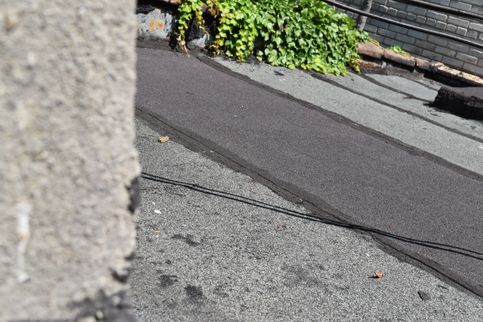
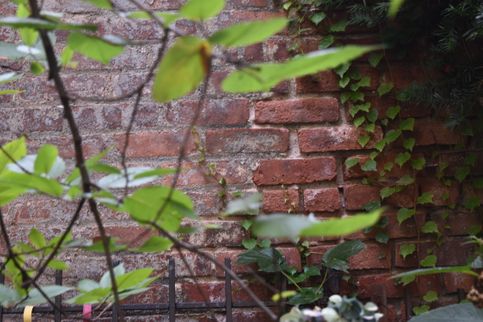
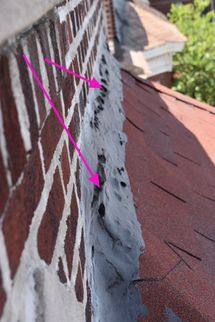
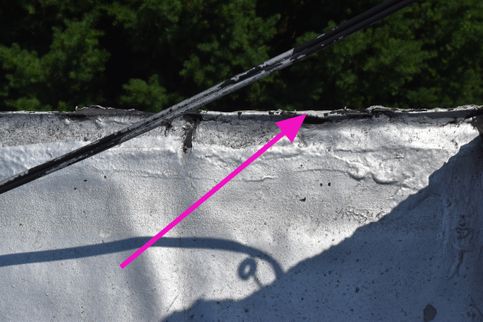
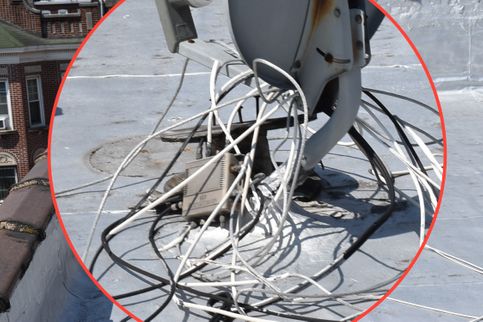
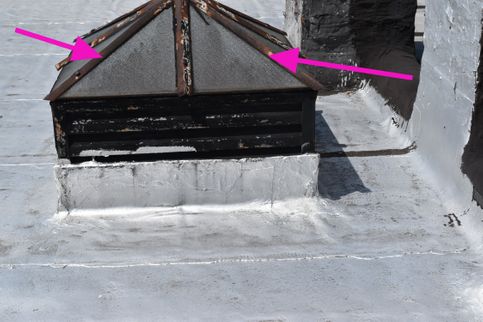
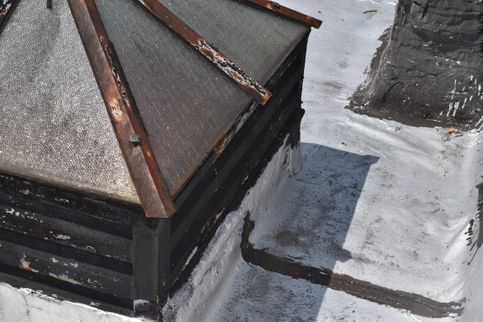
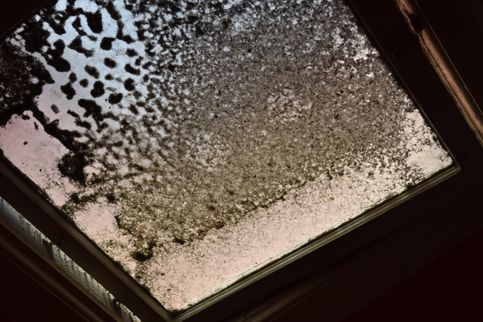

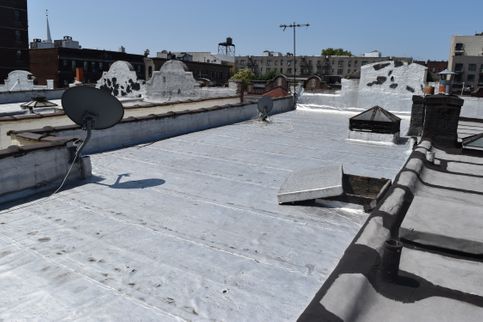
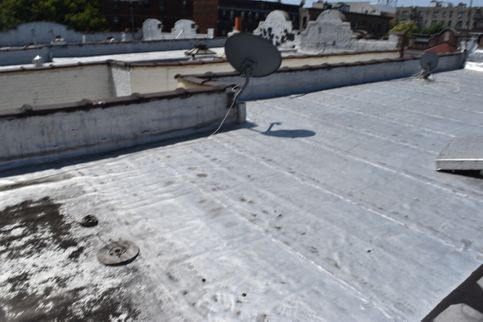

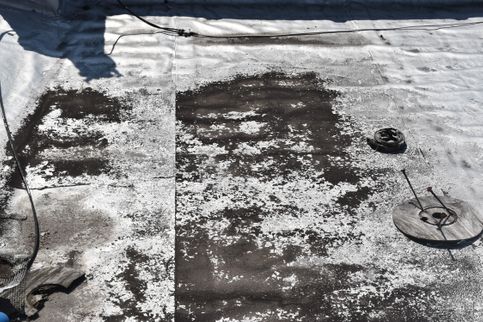
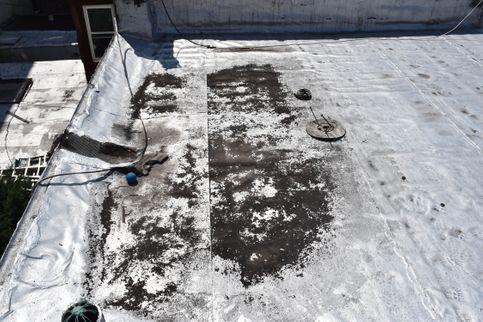
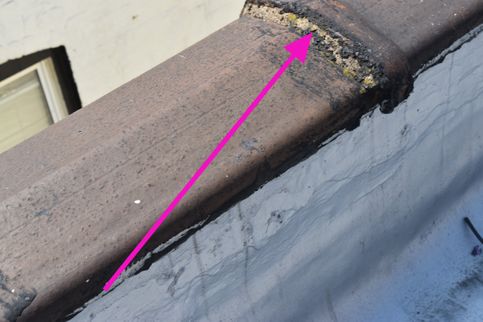
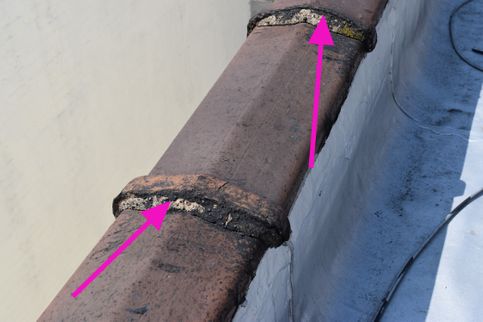
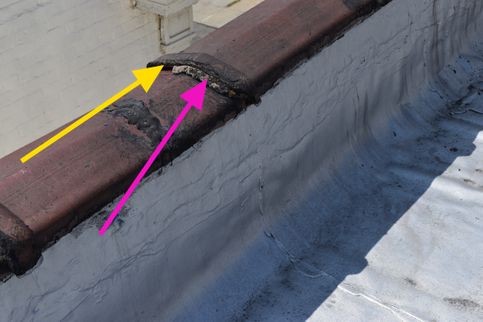
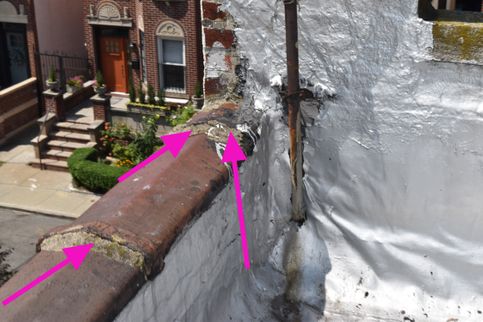
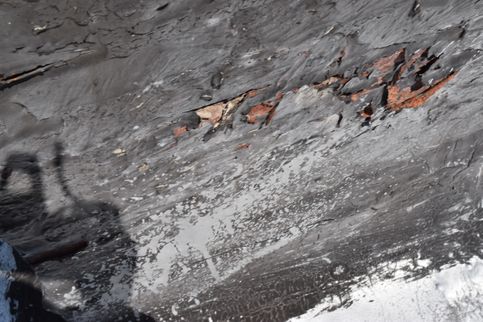
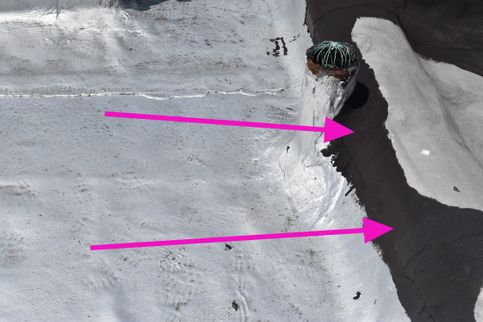
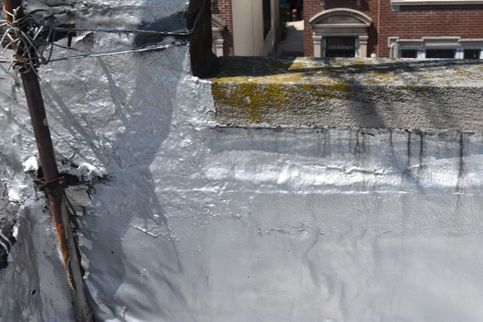
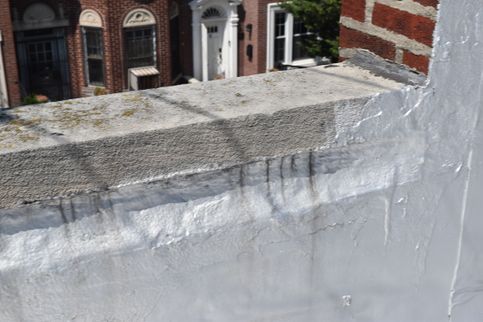

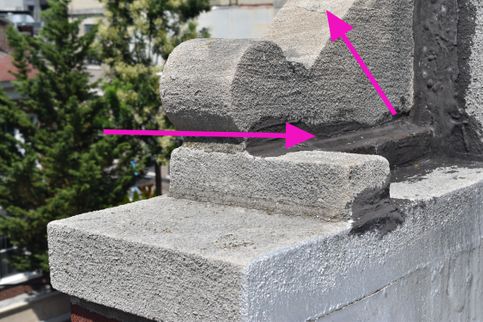
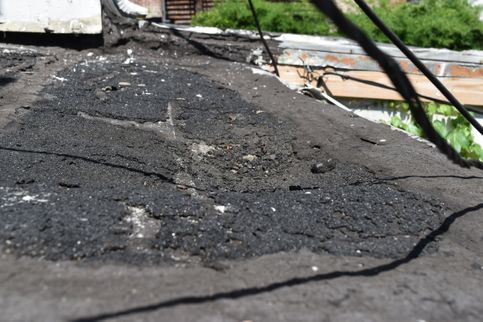
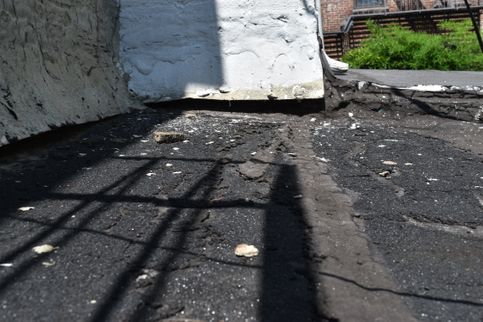
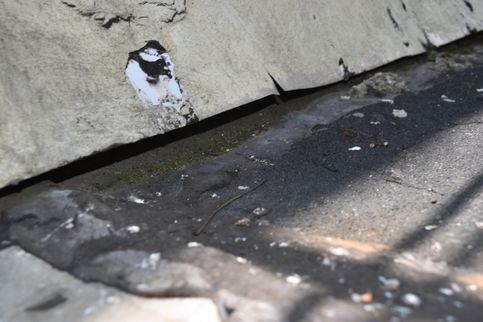
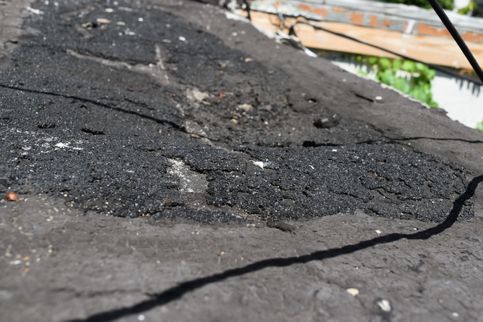
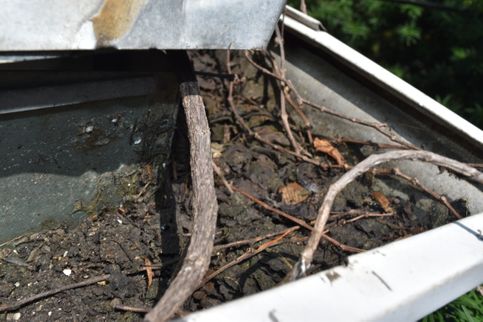
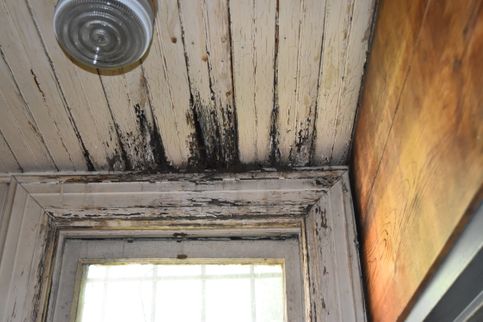
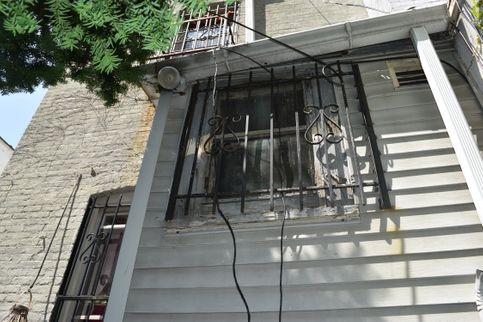
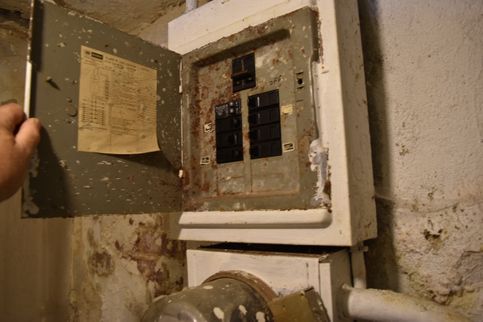
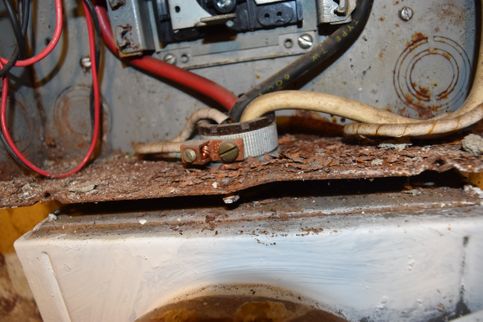
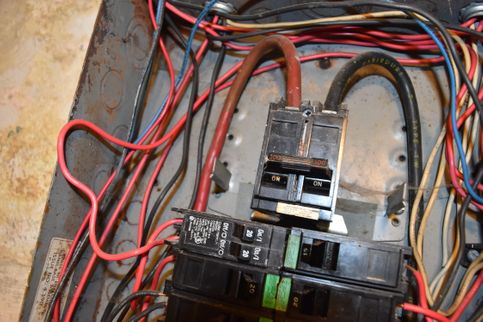
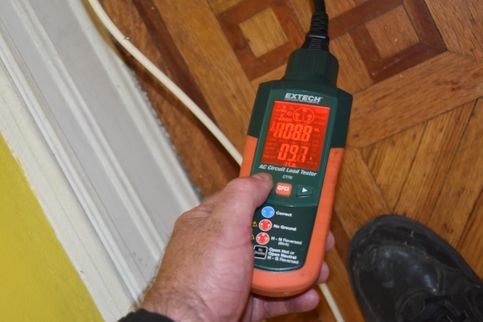
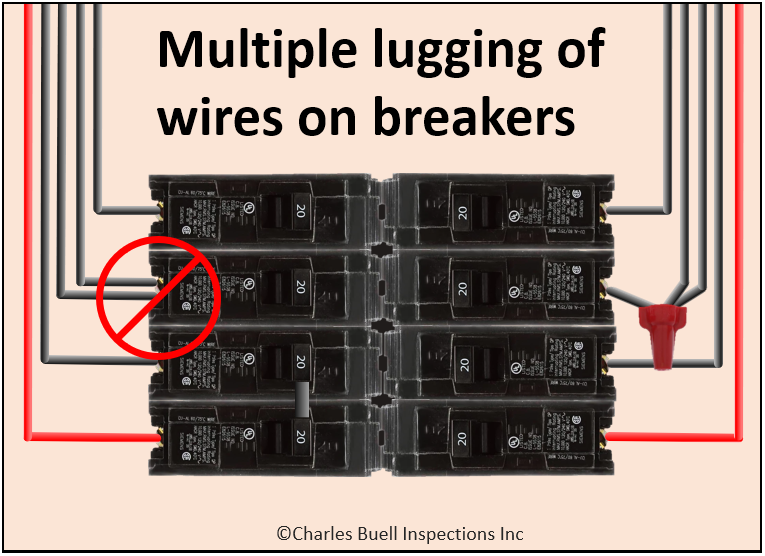
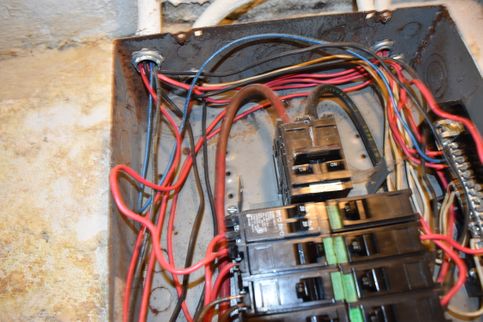
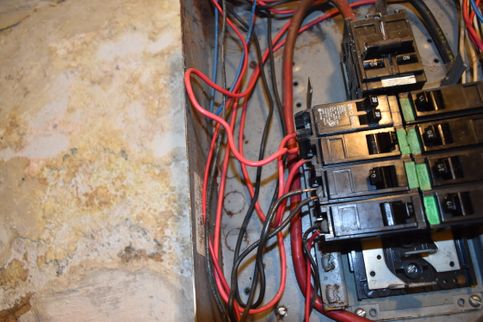
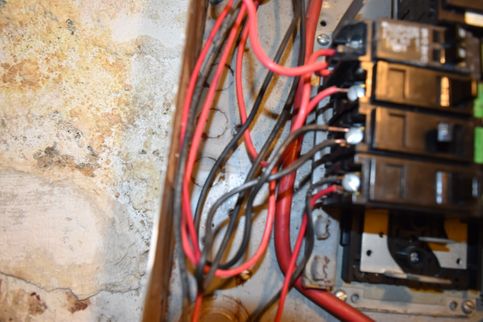
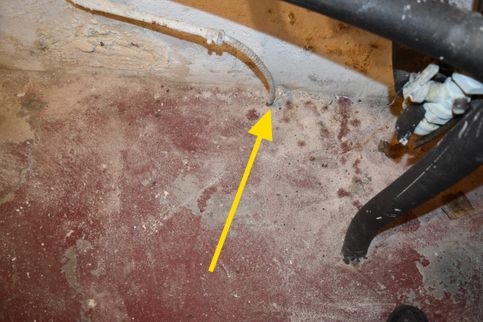
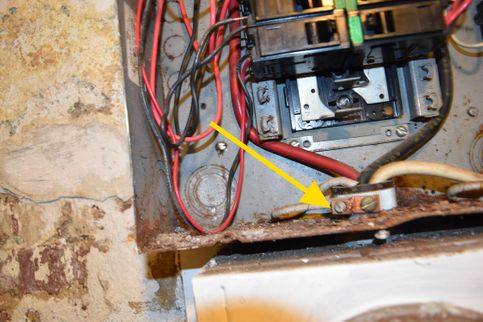
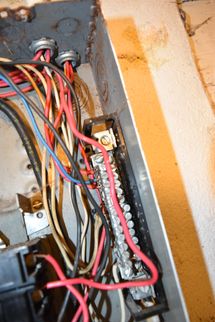
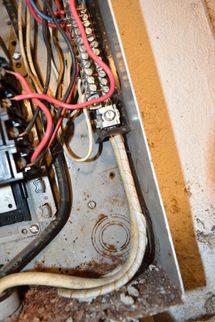
.png)
